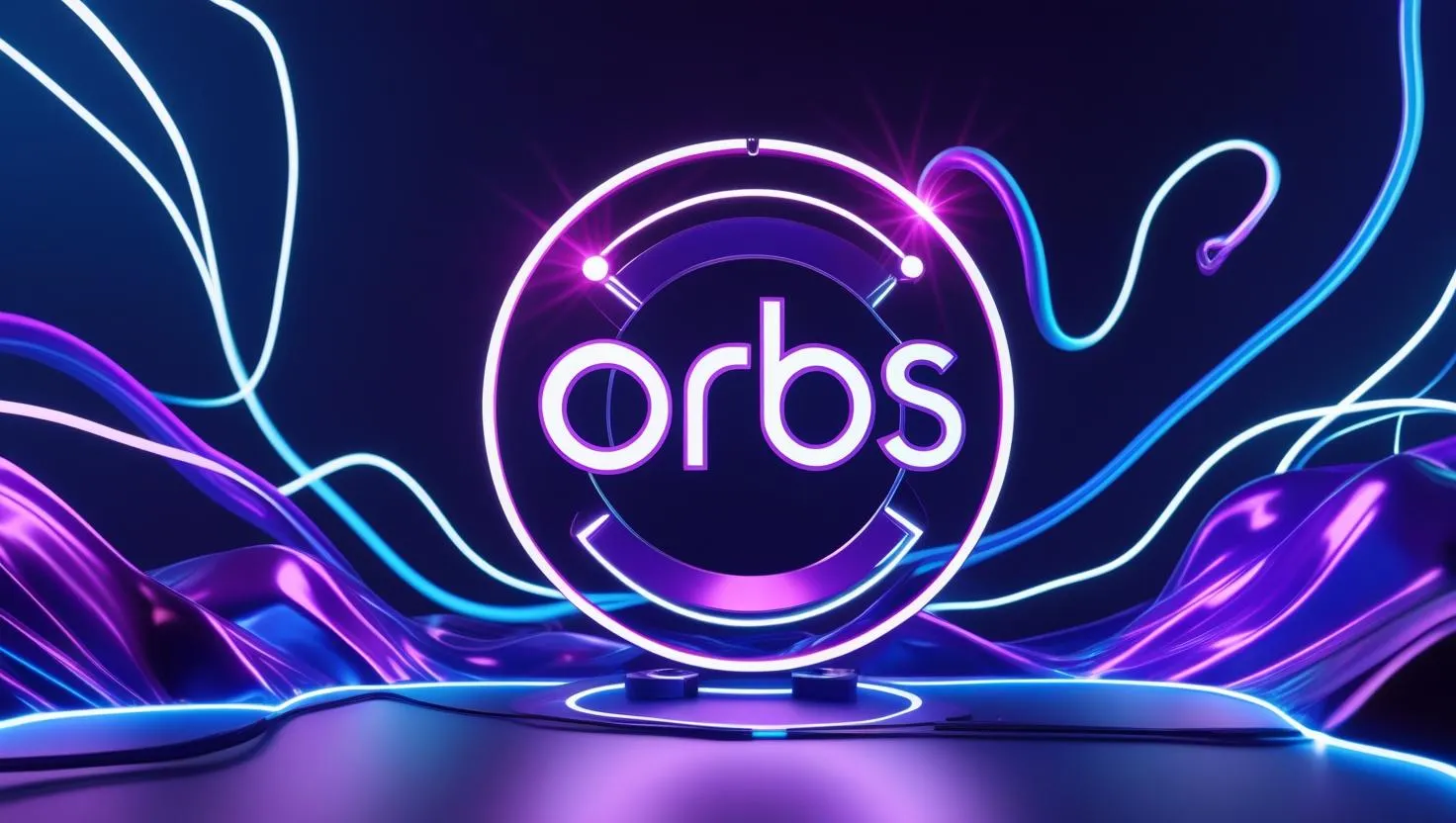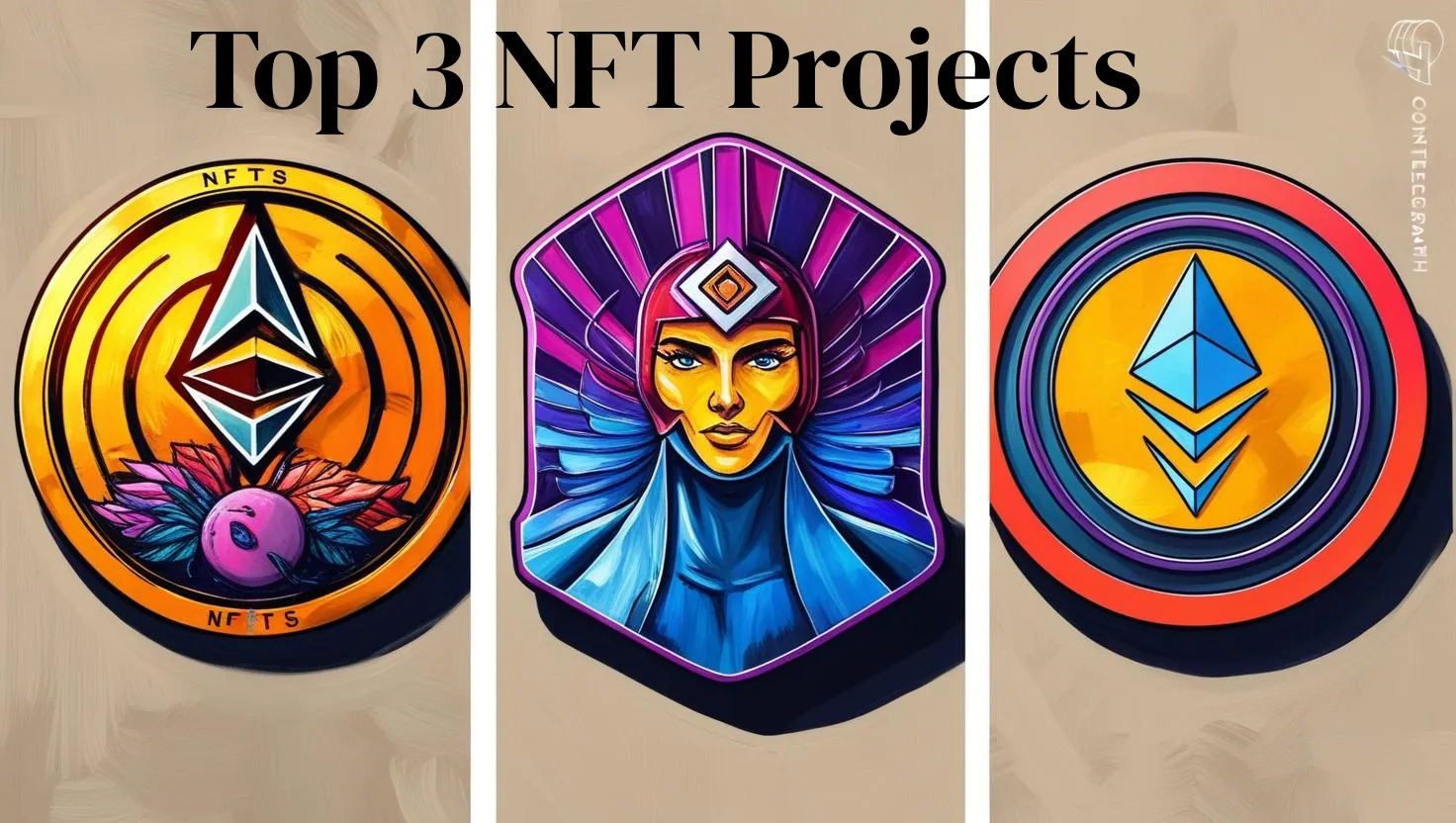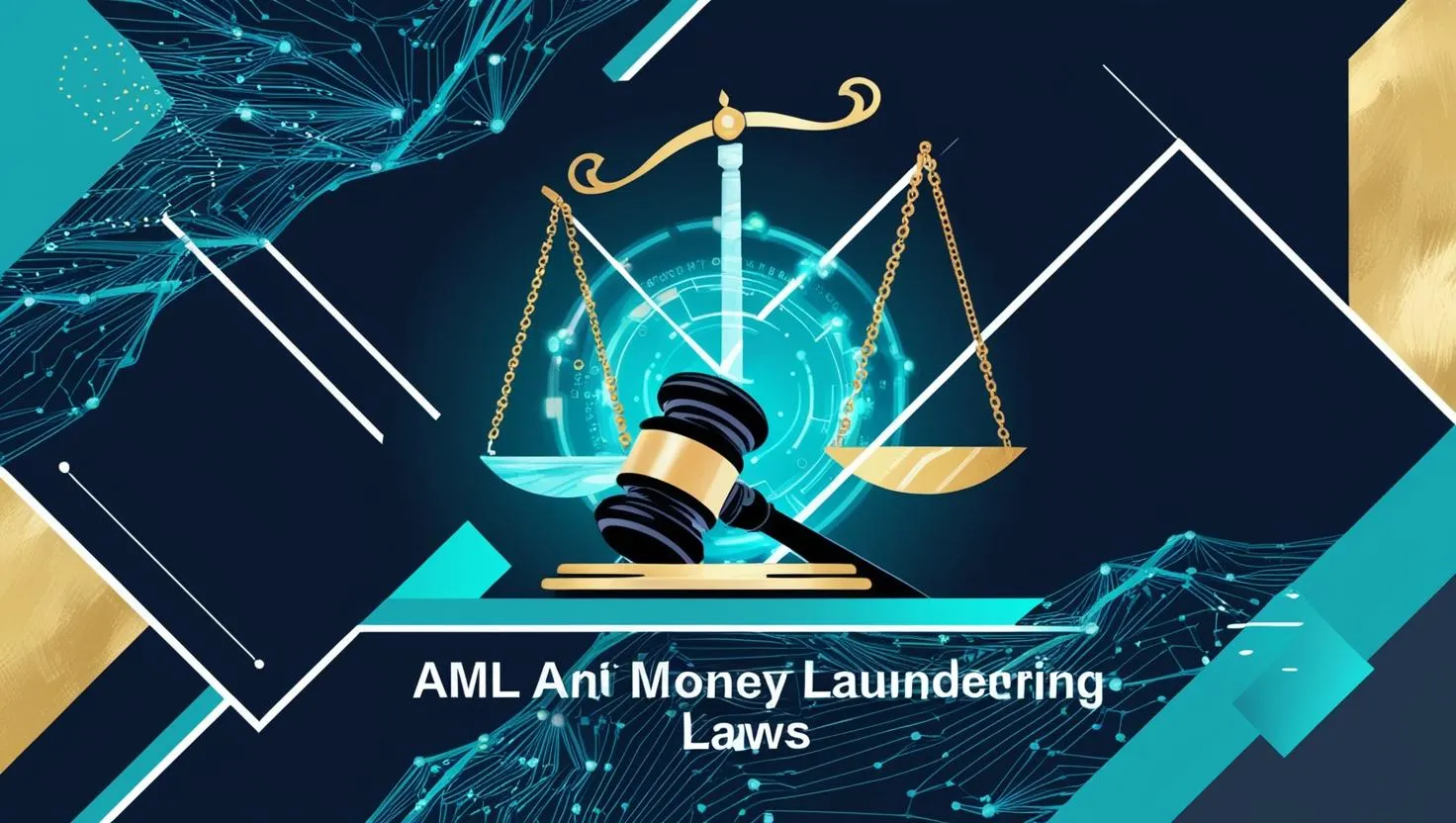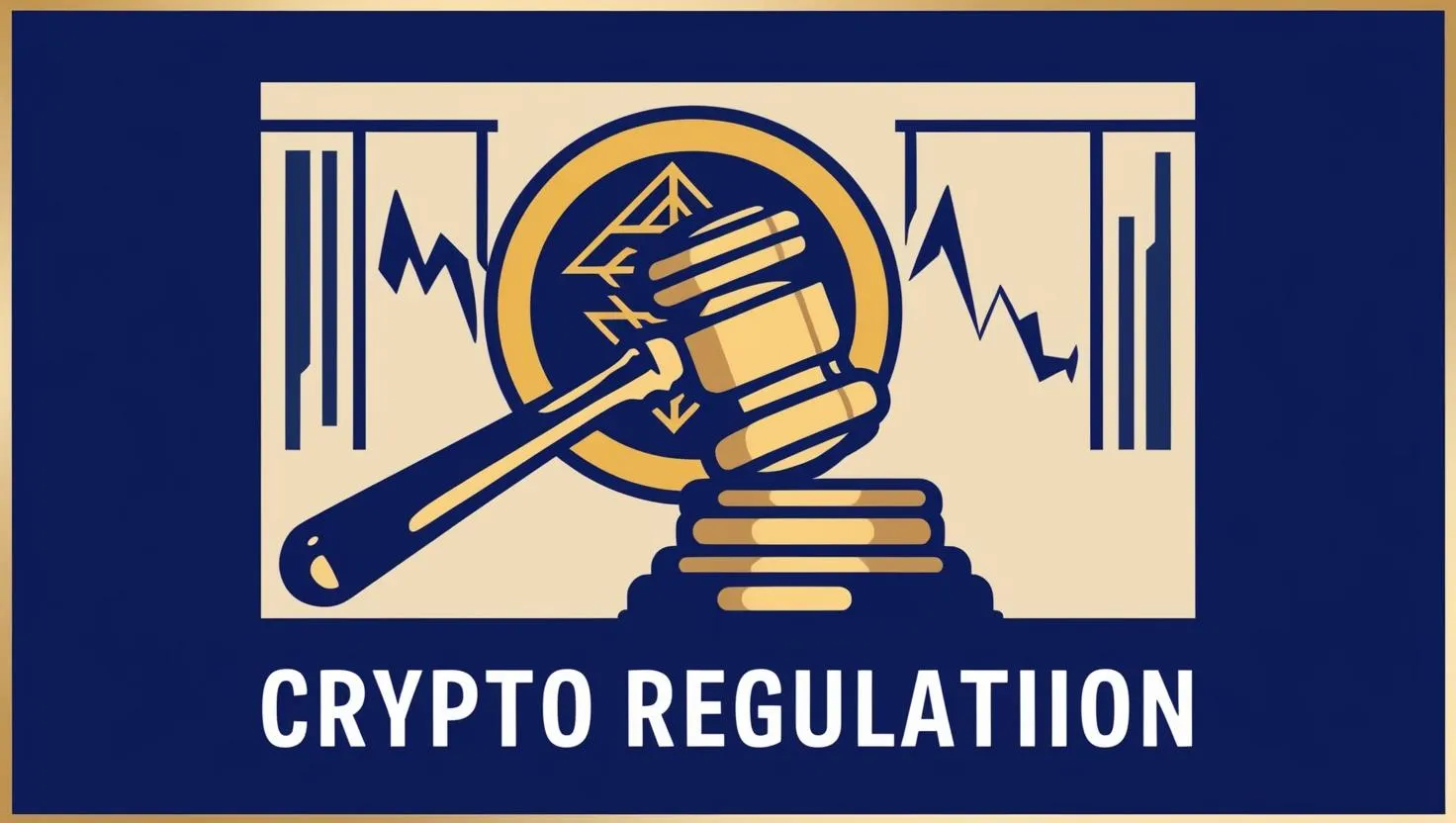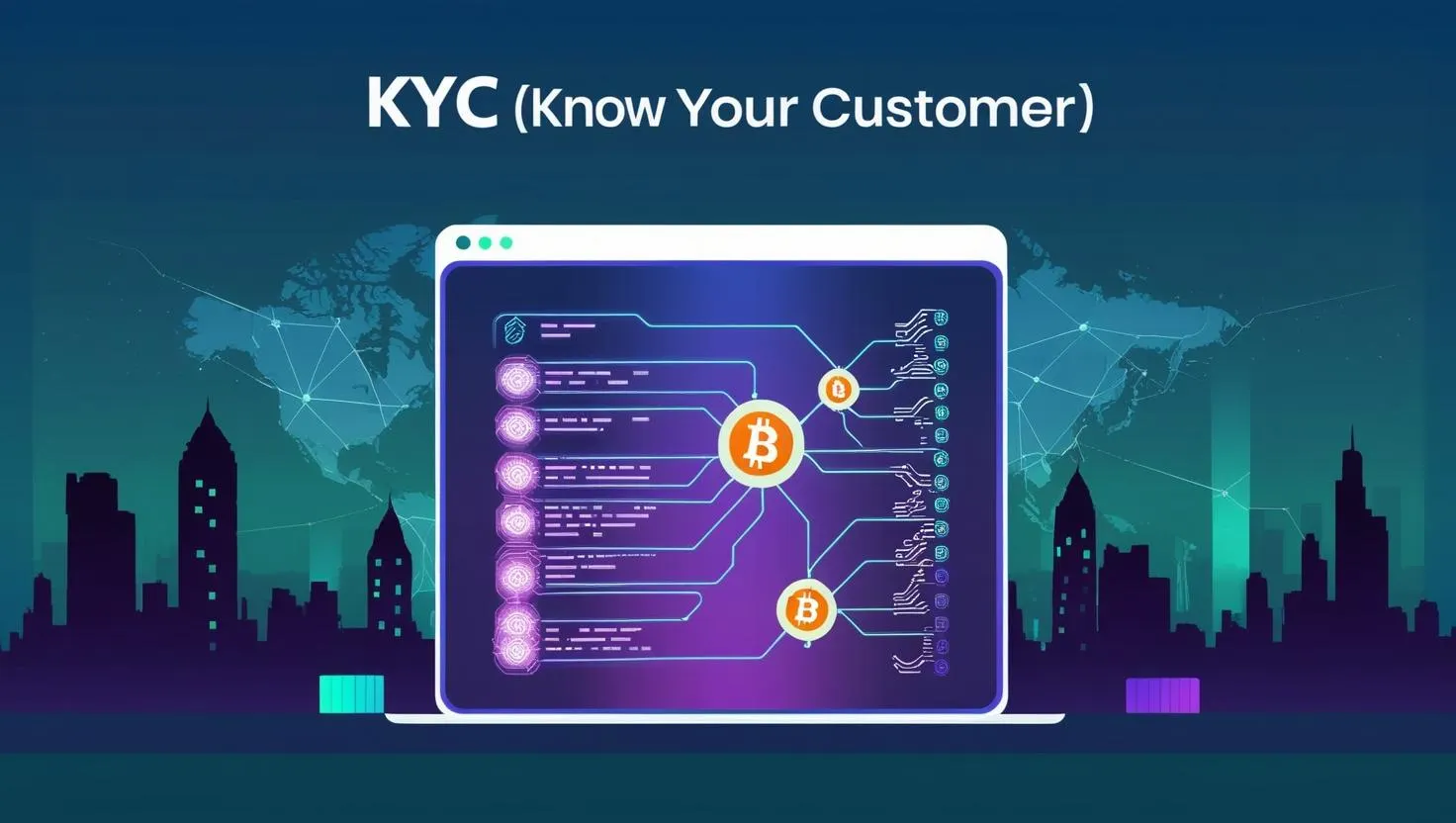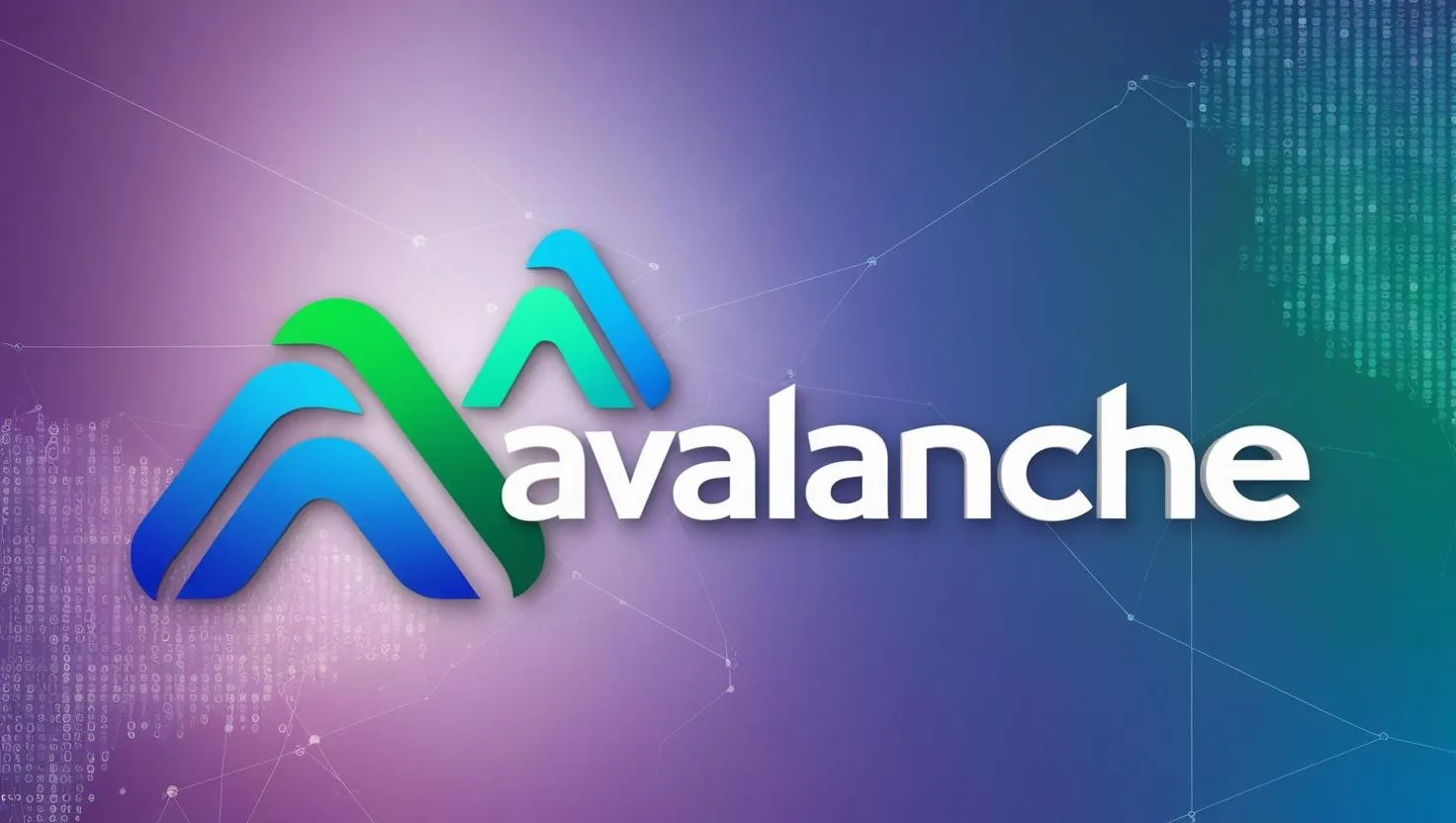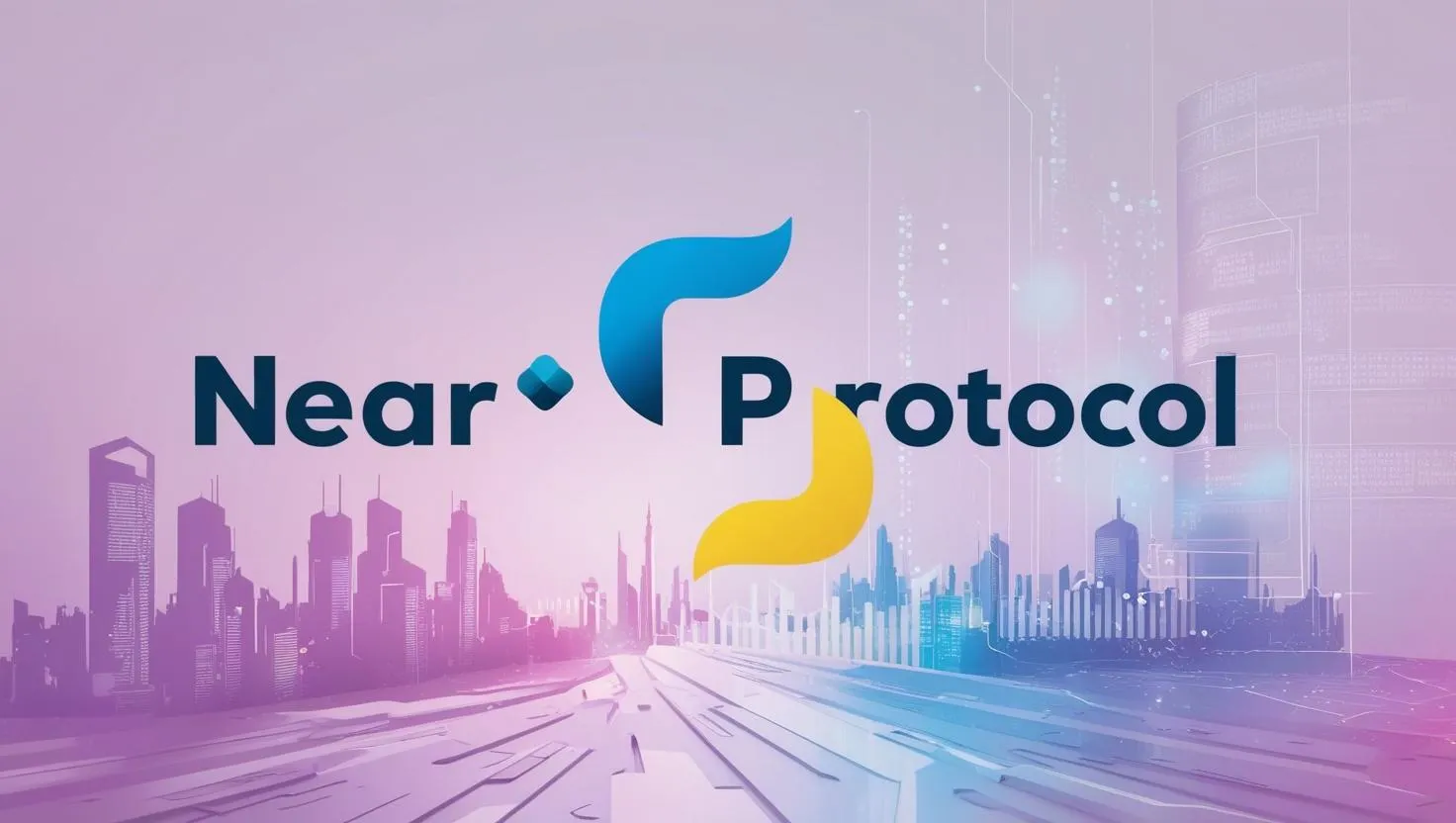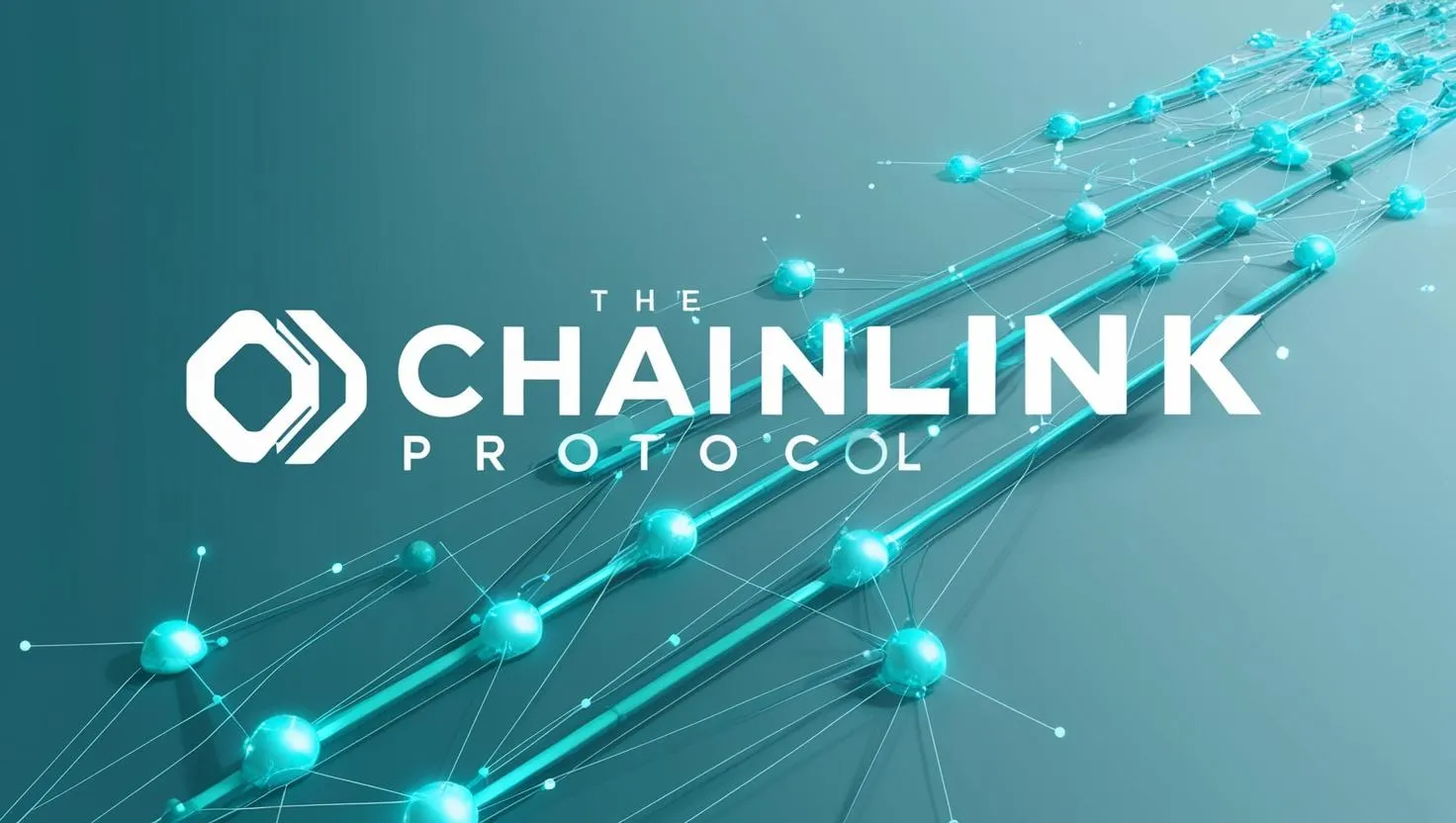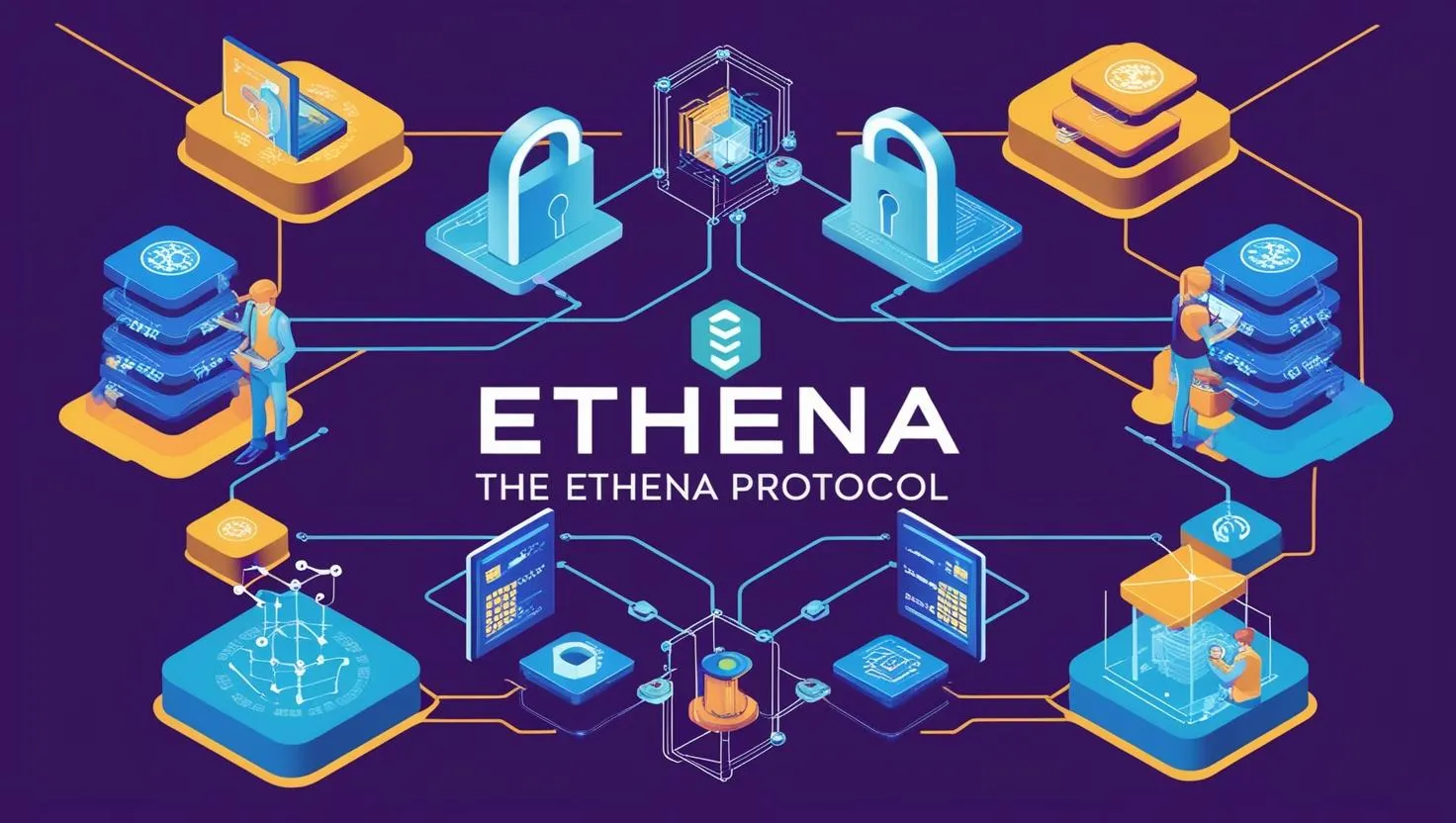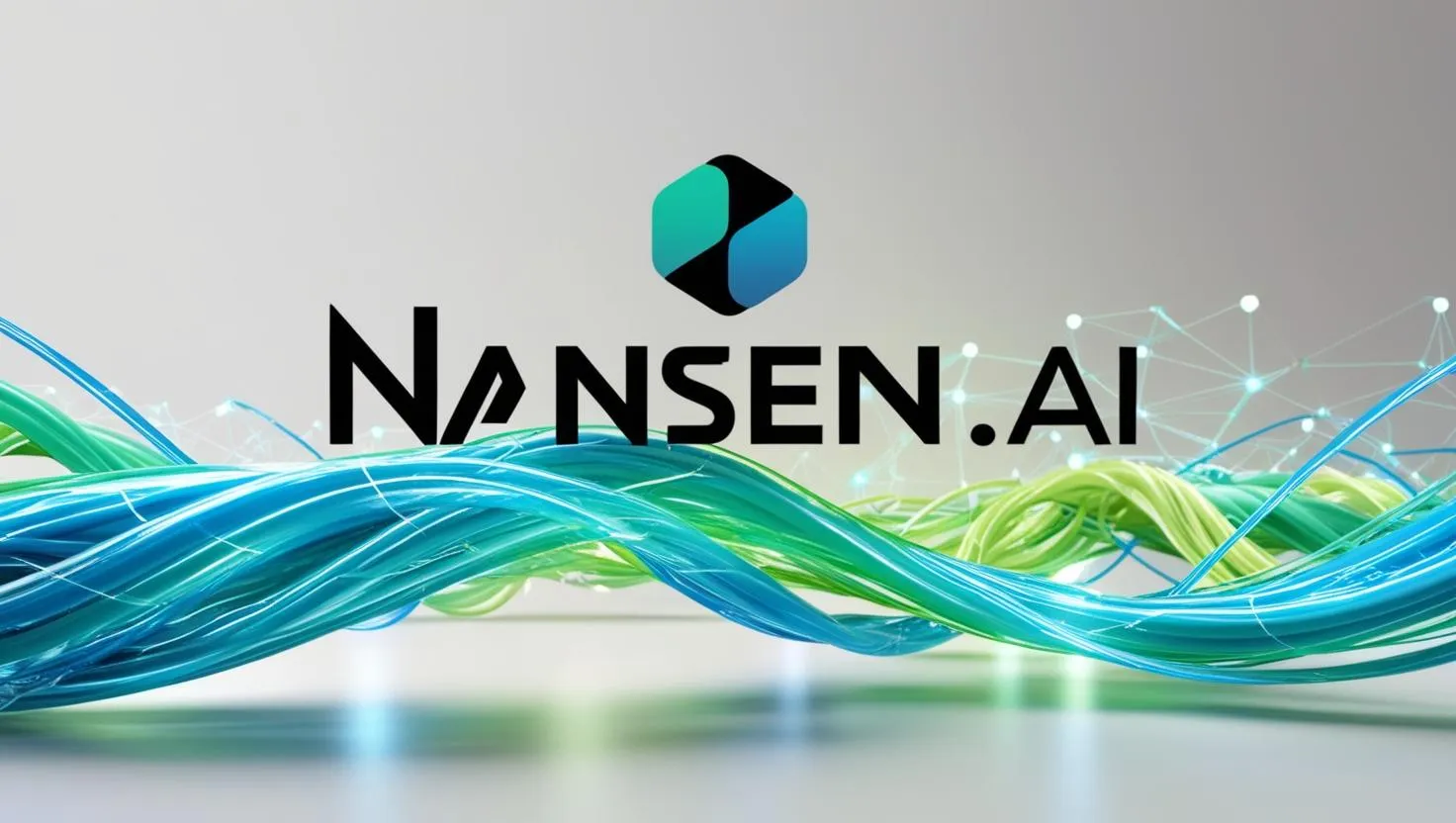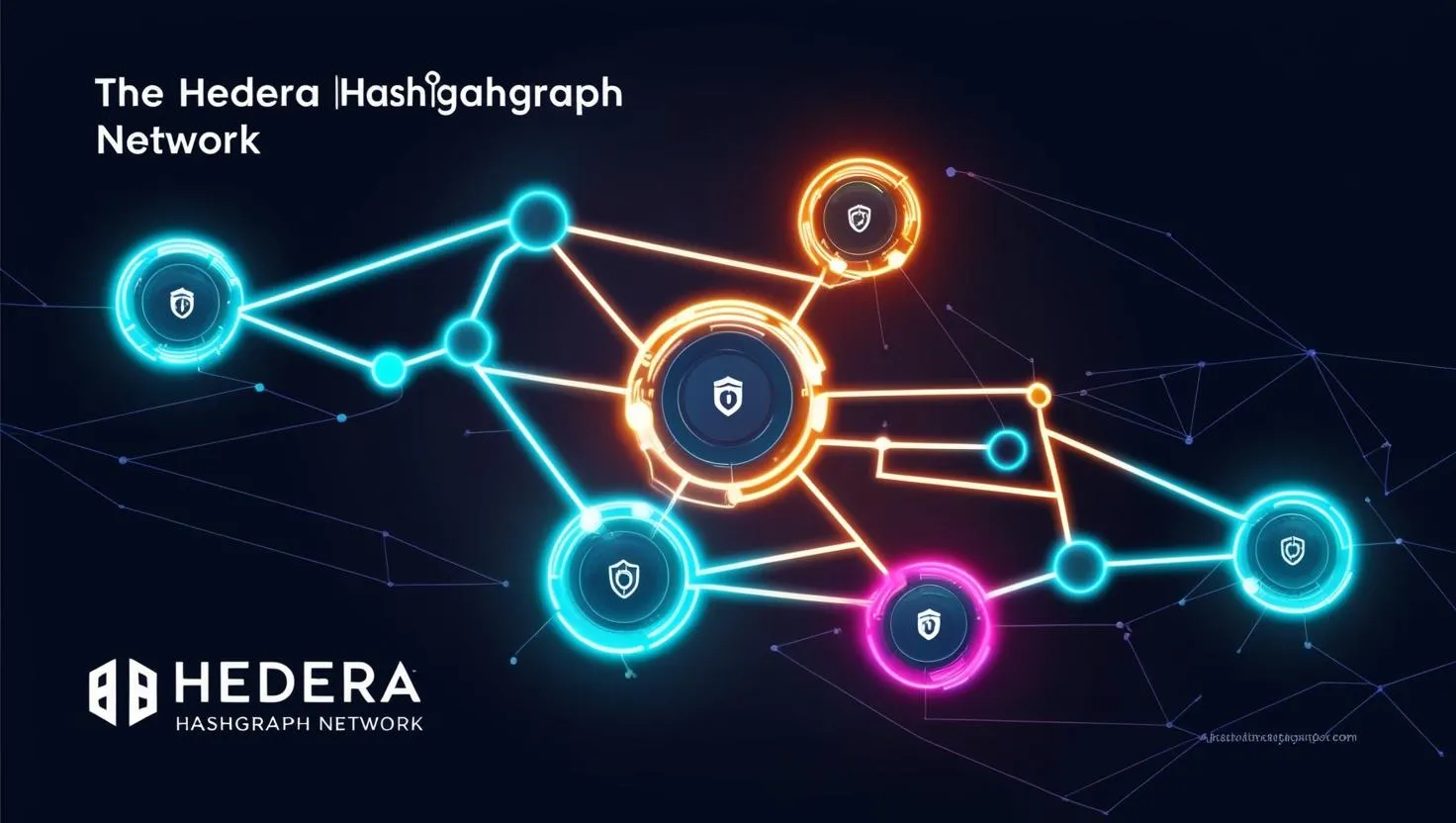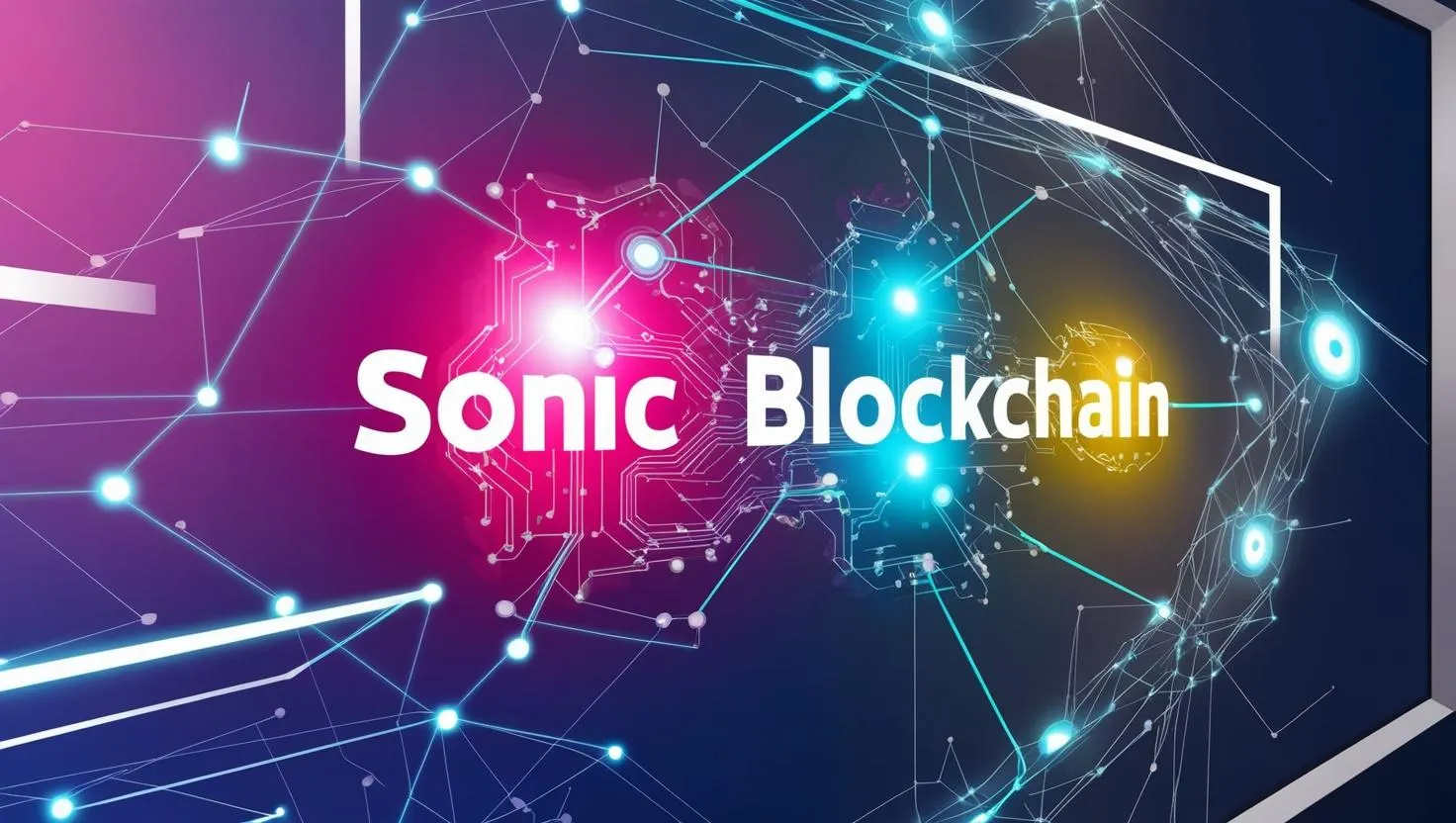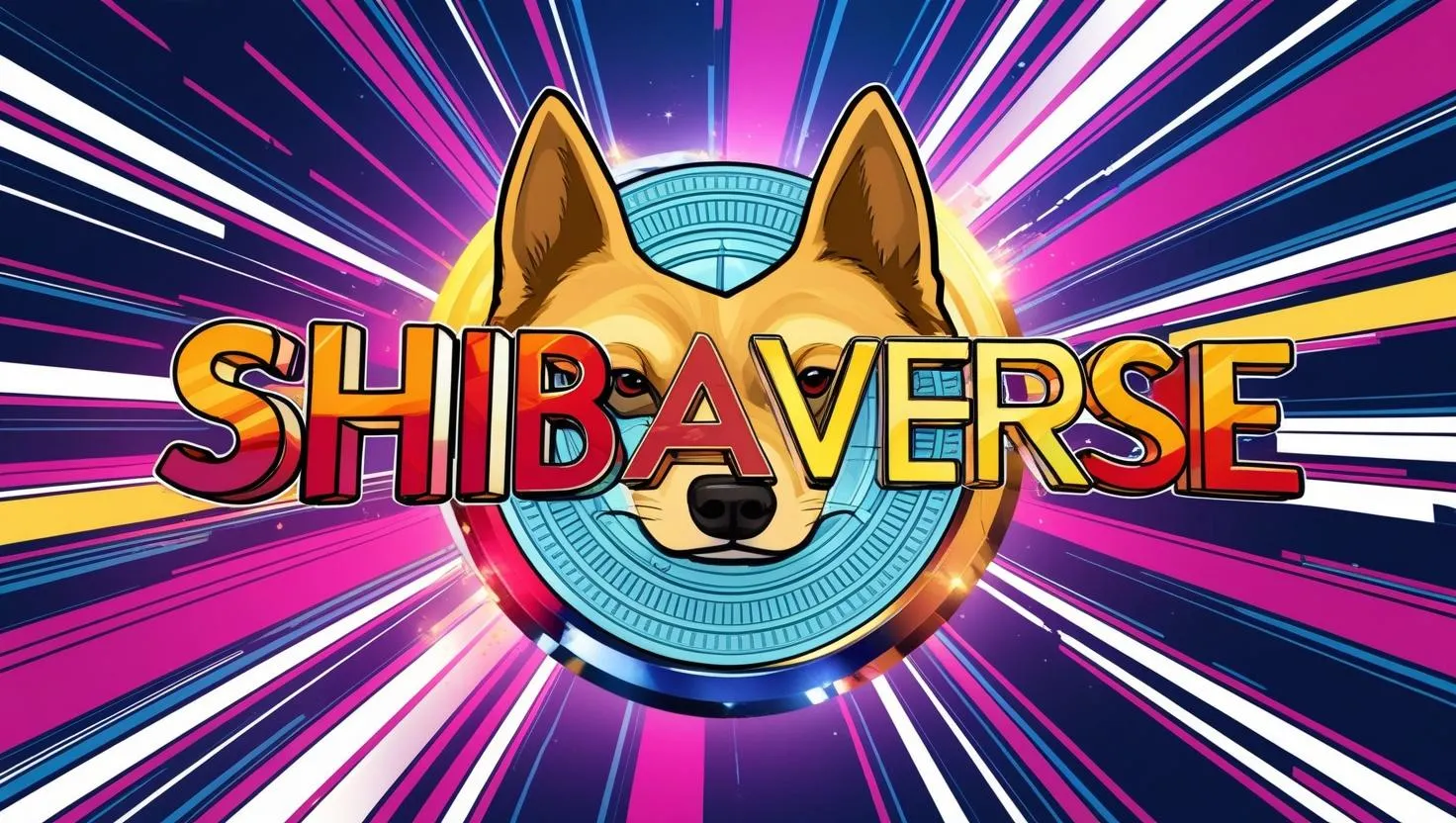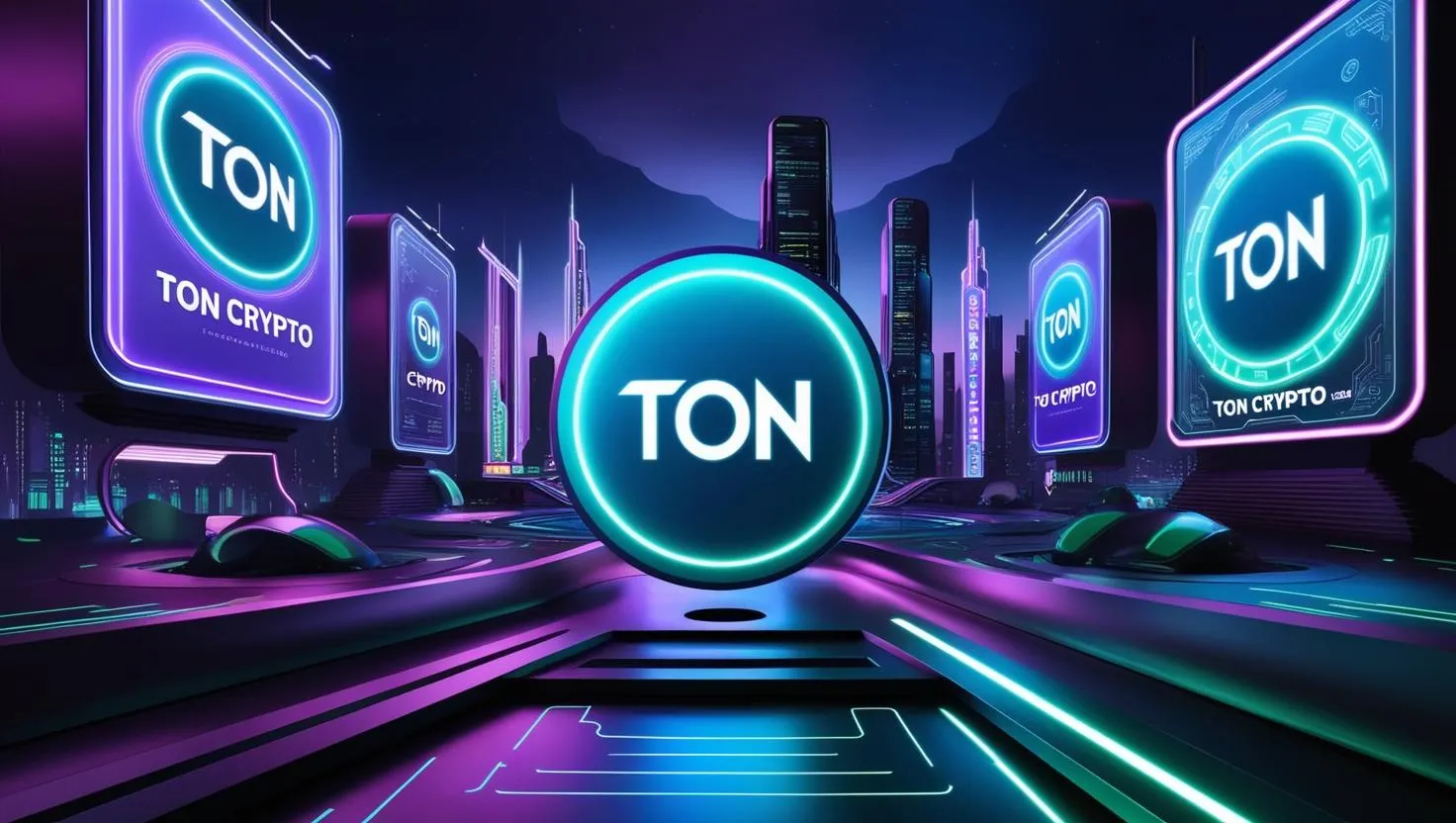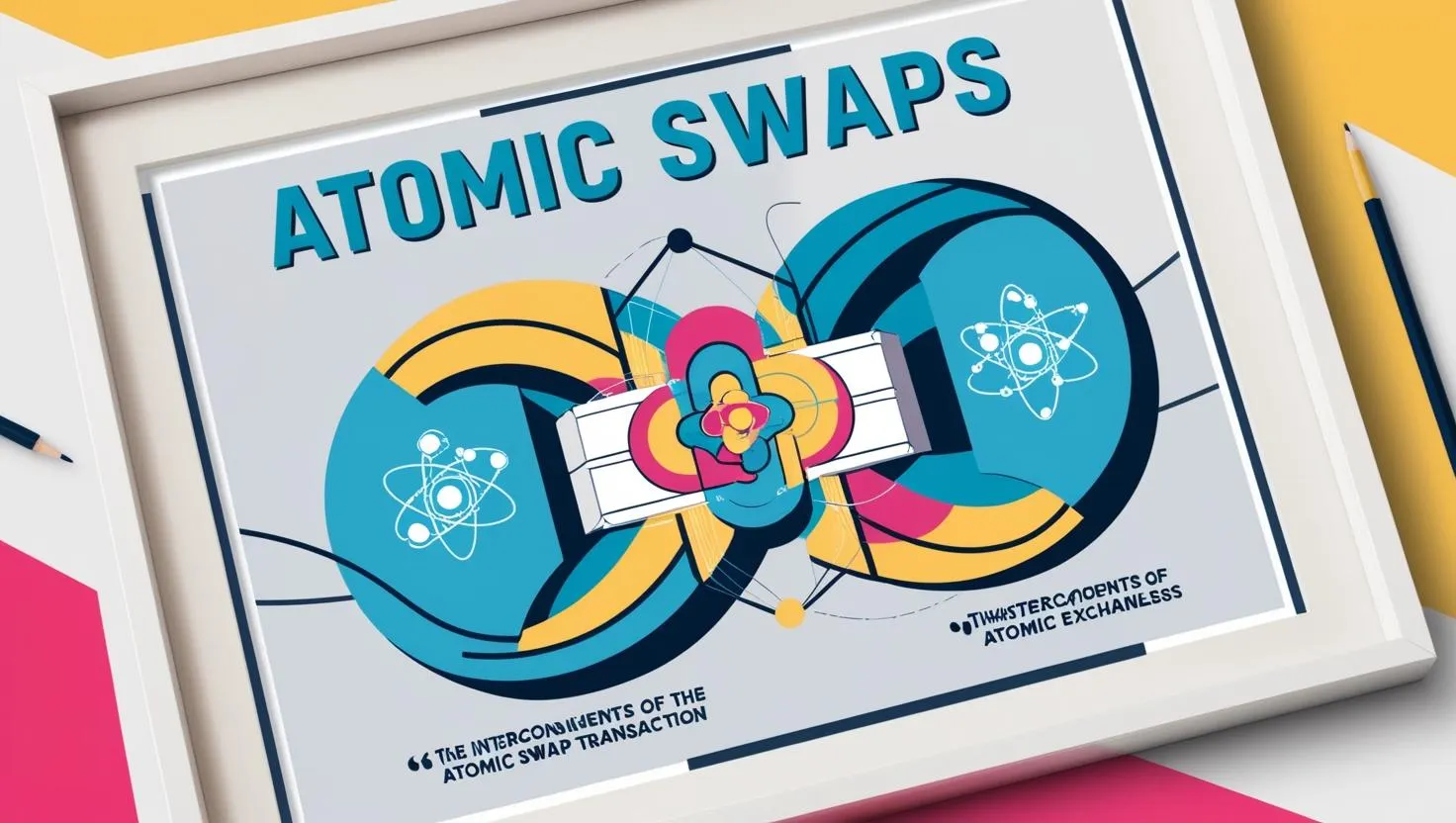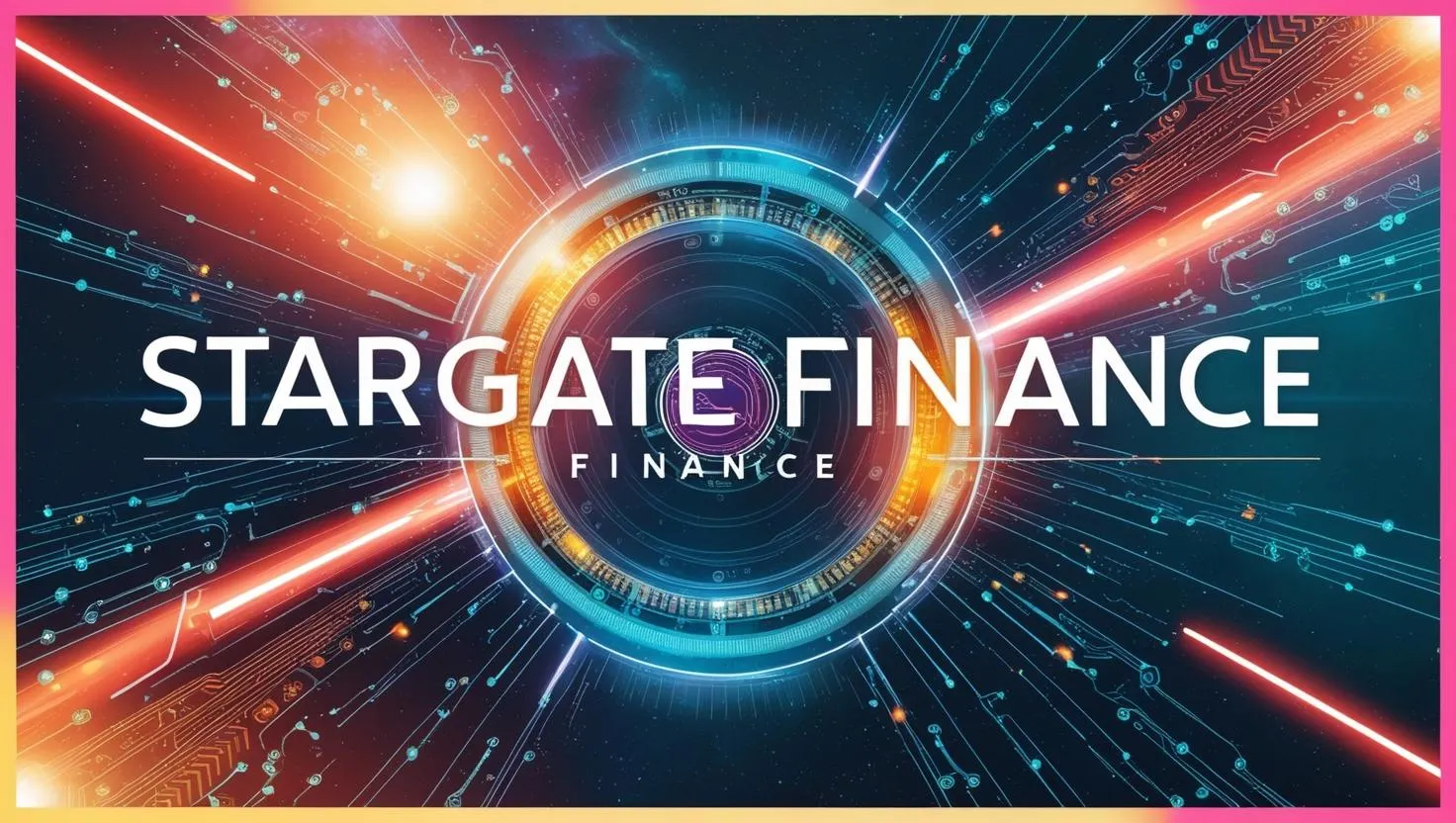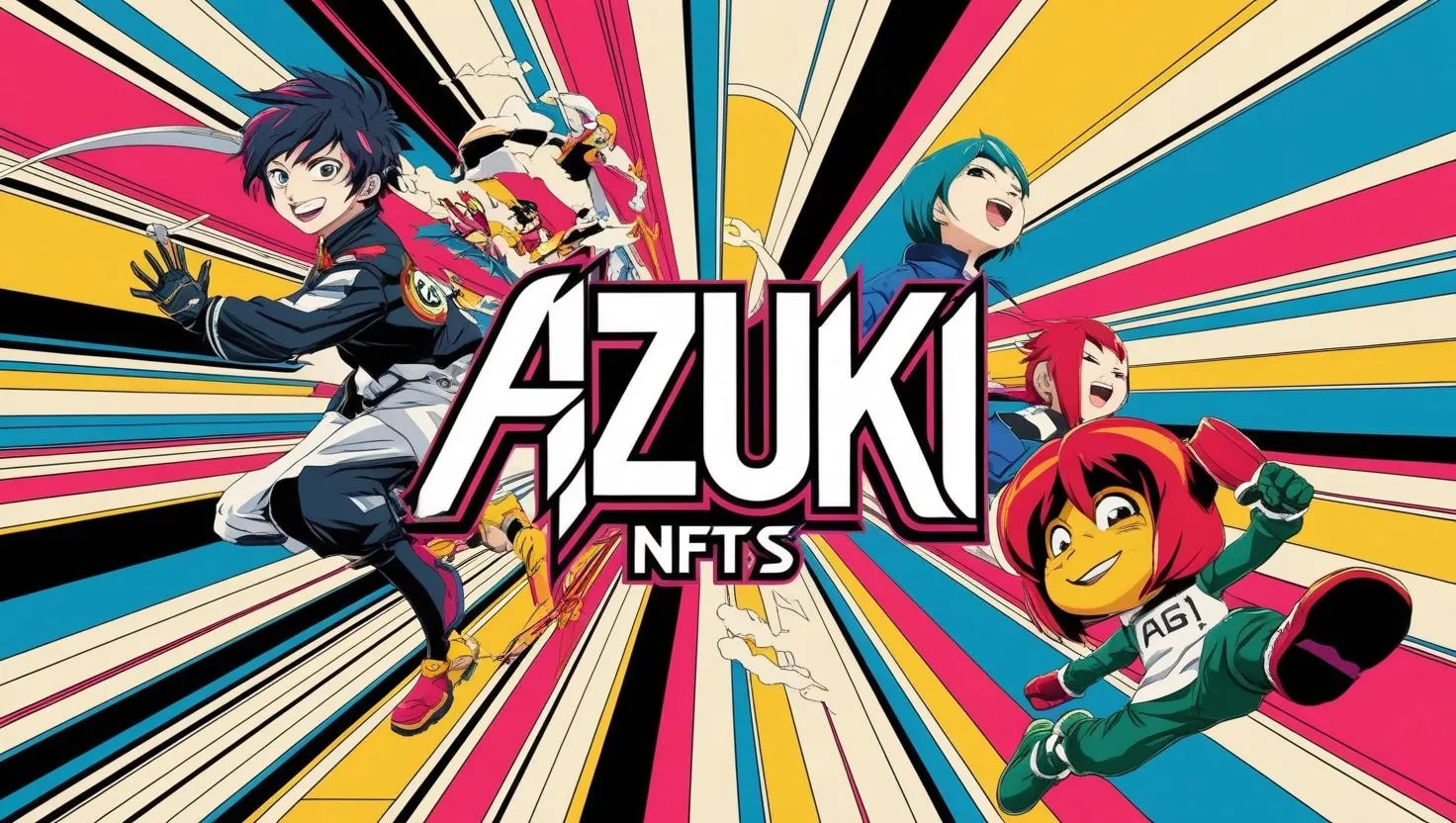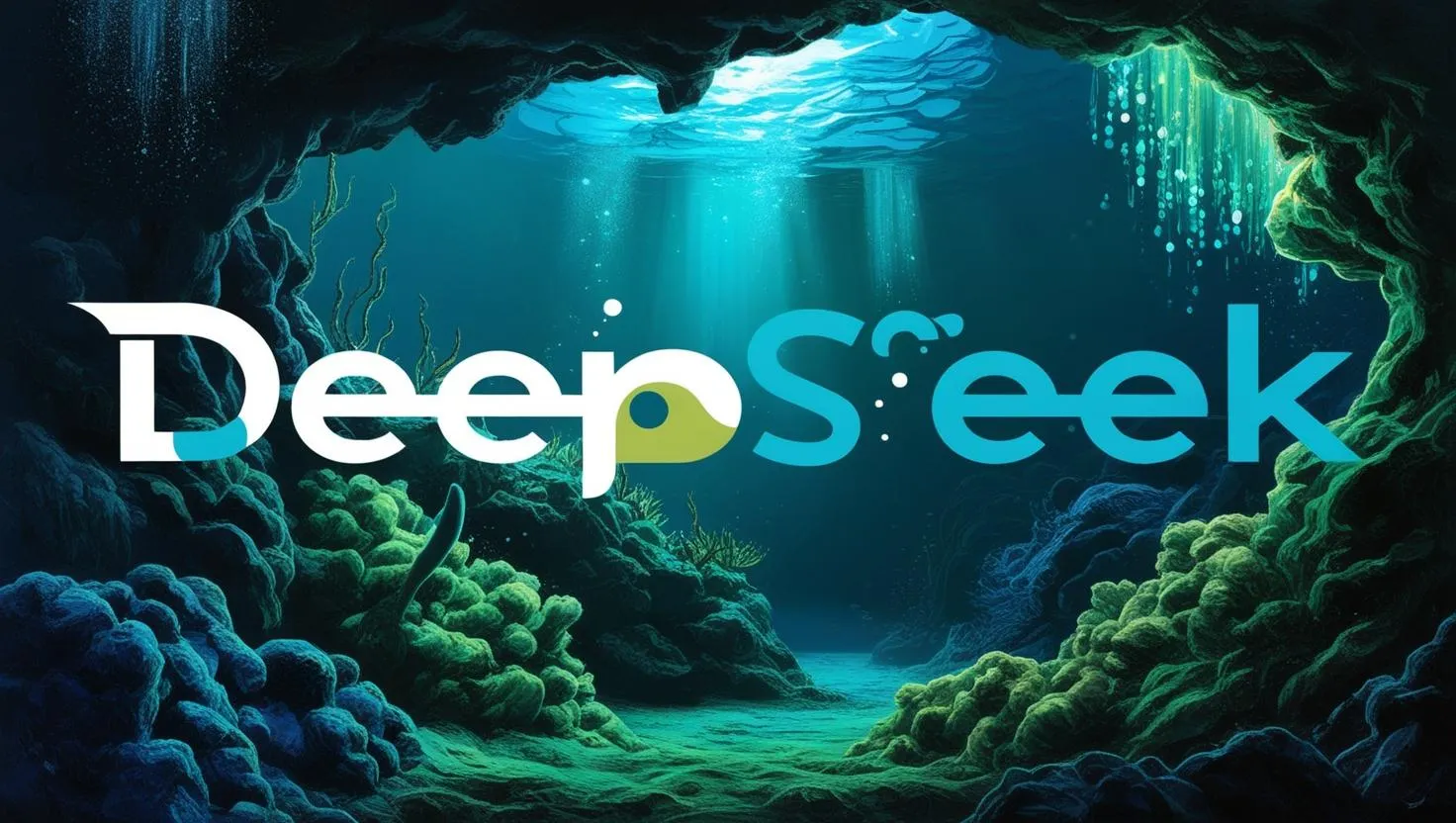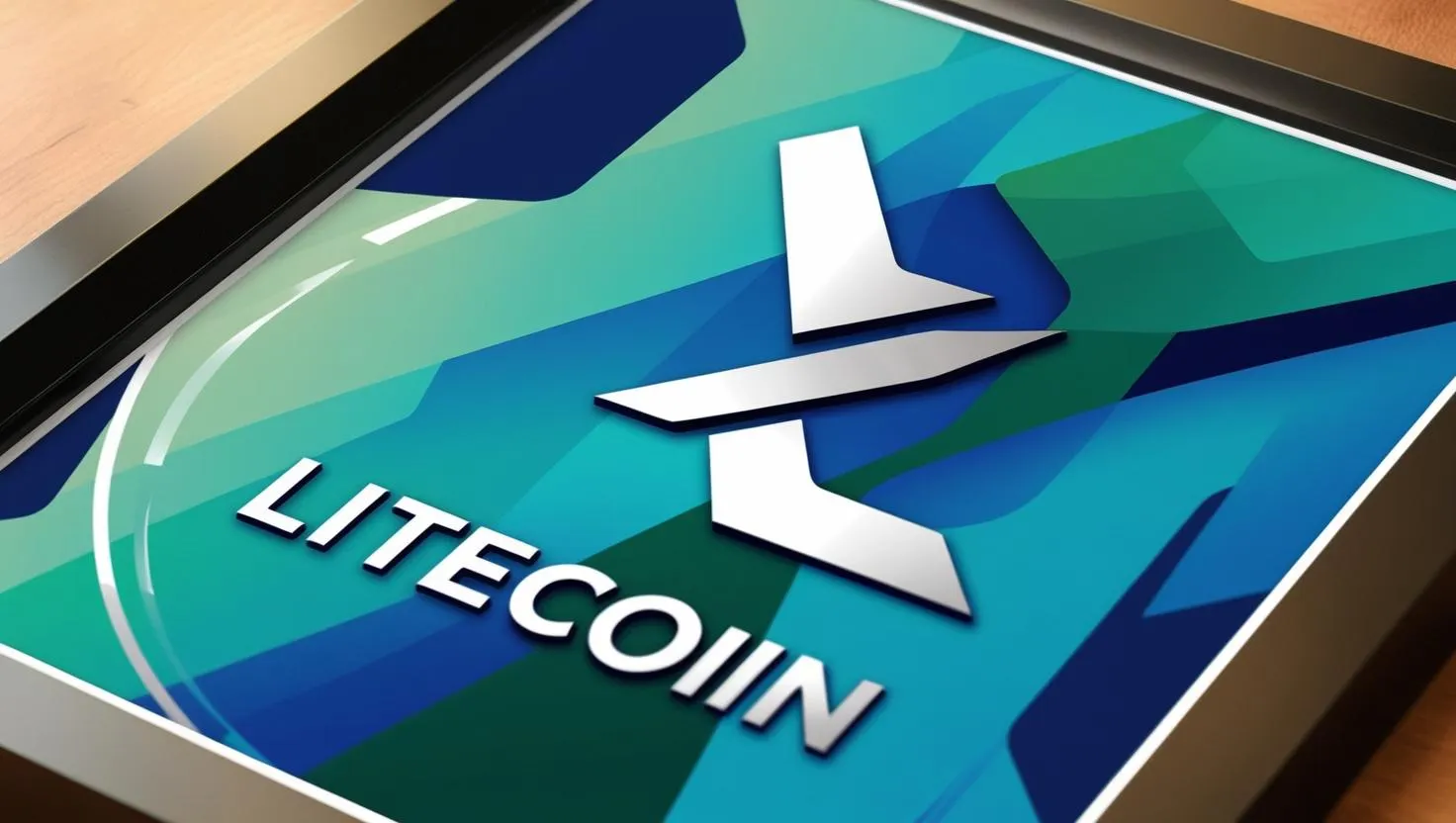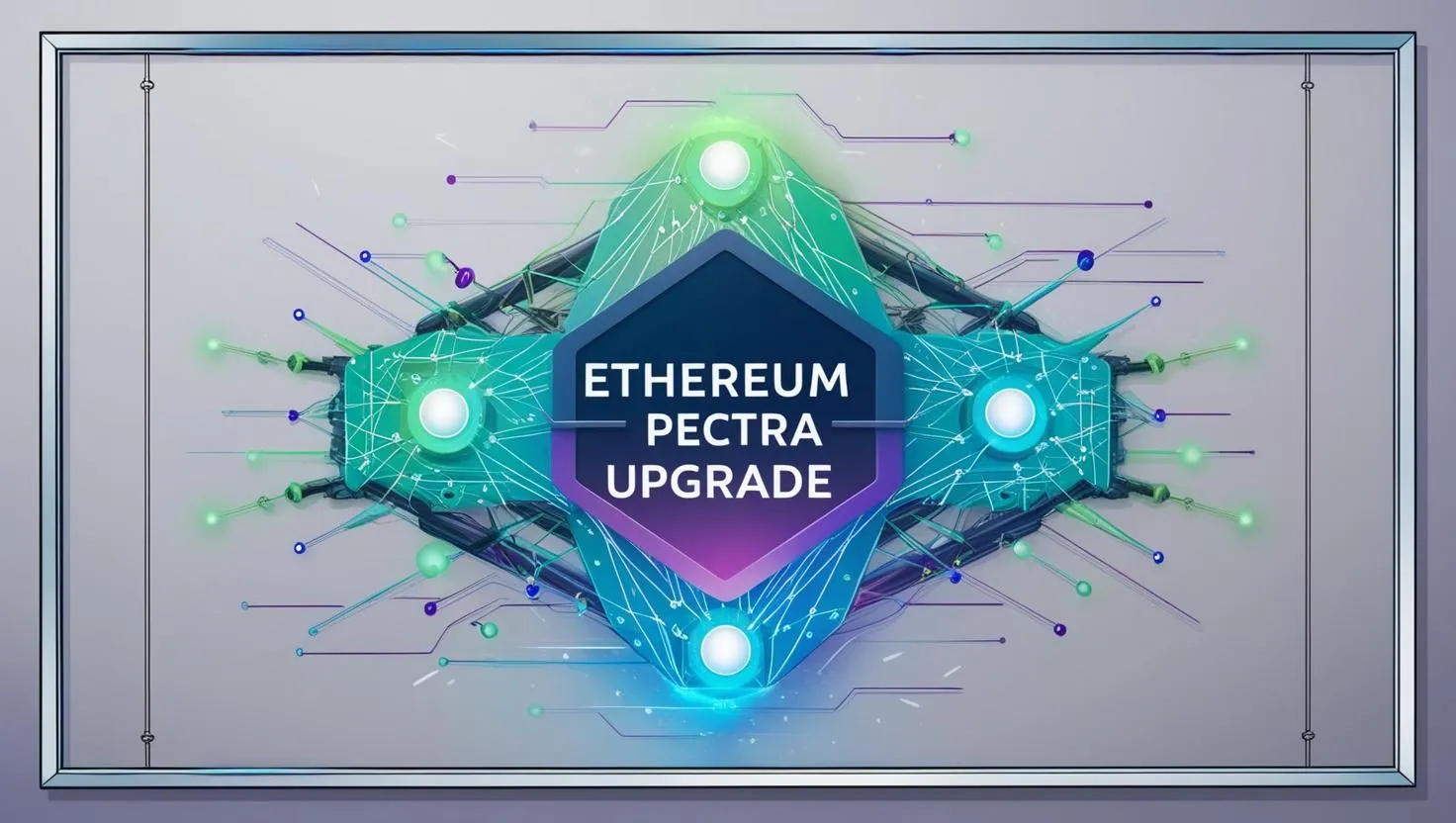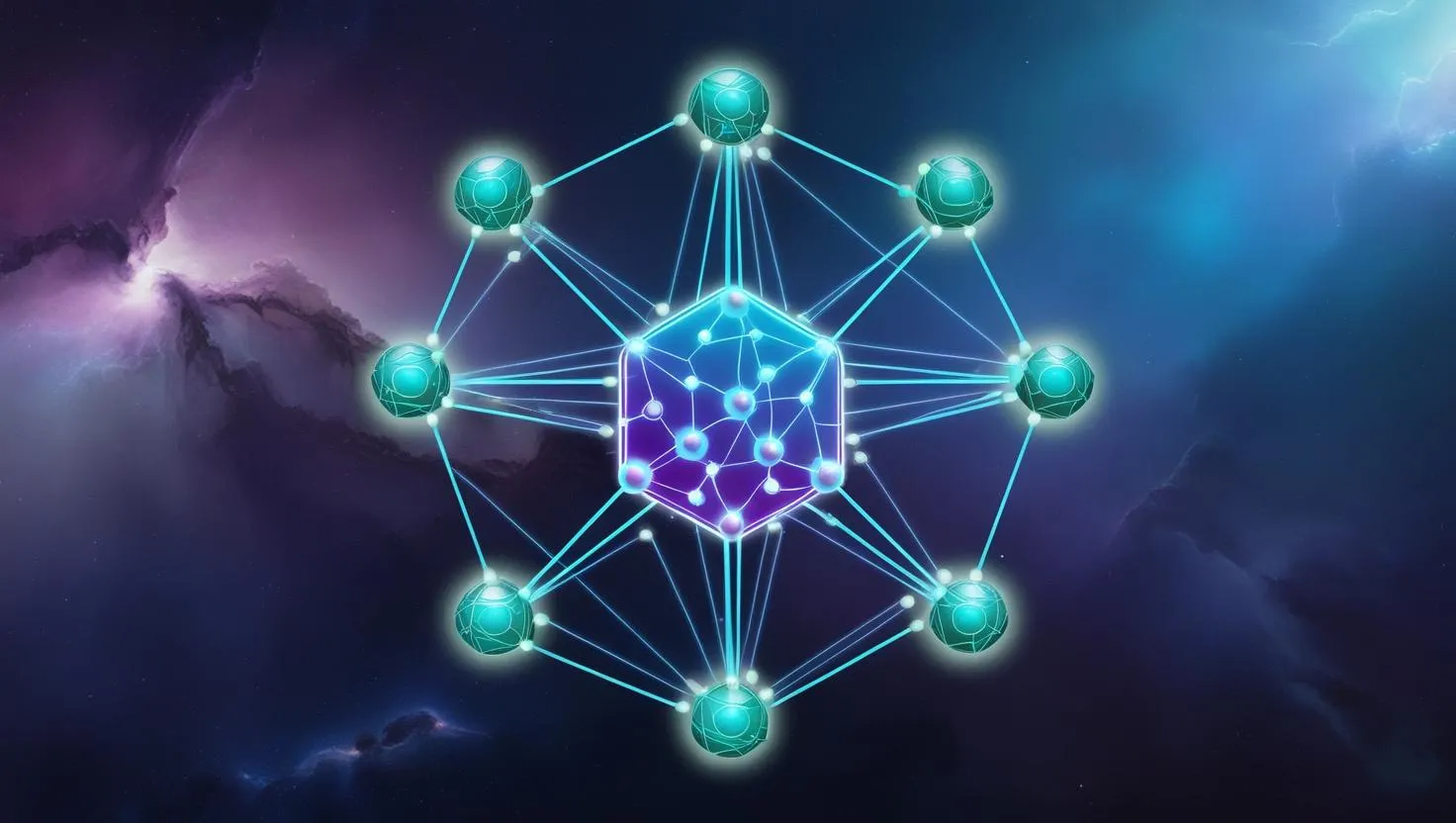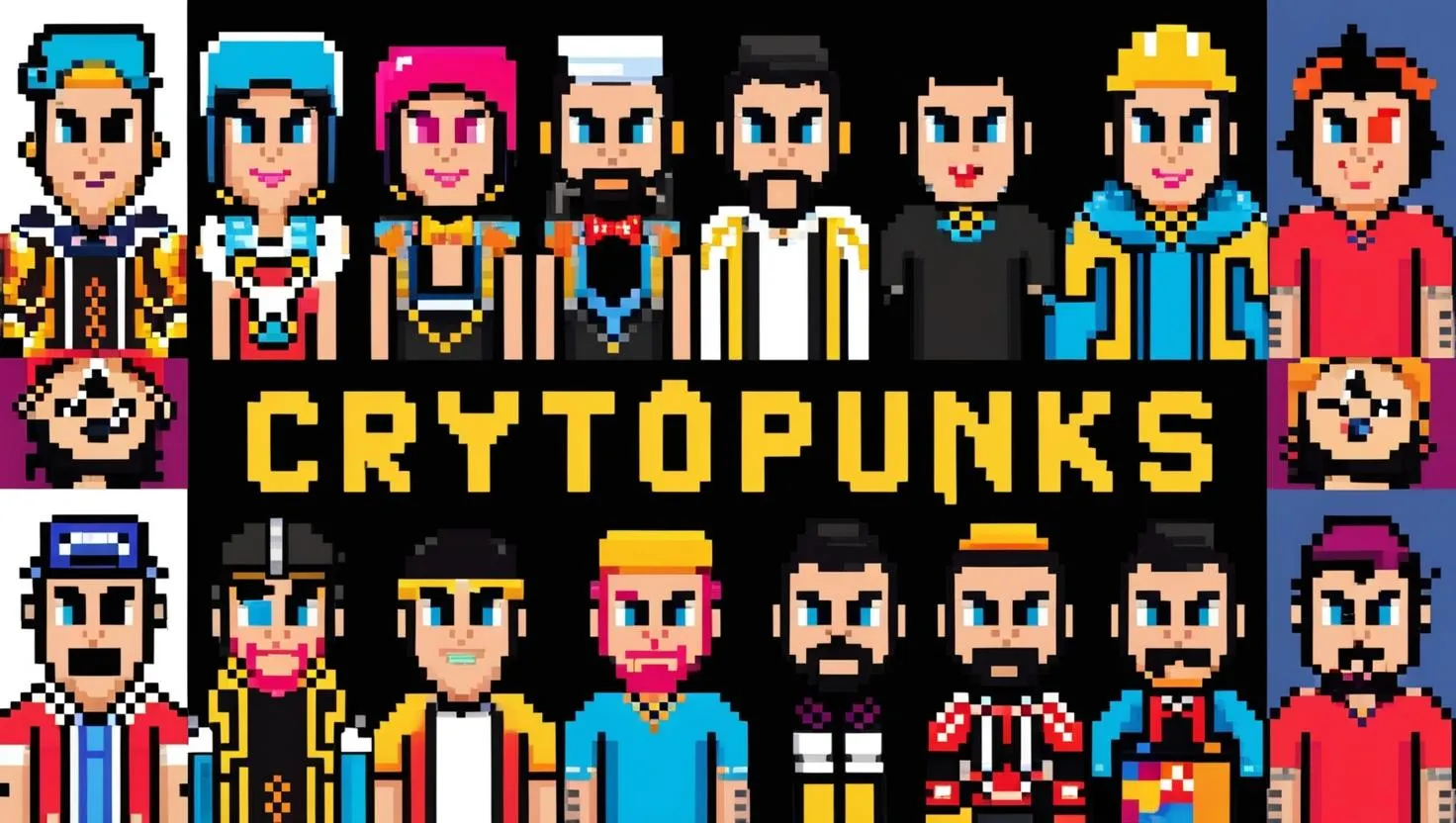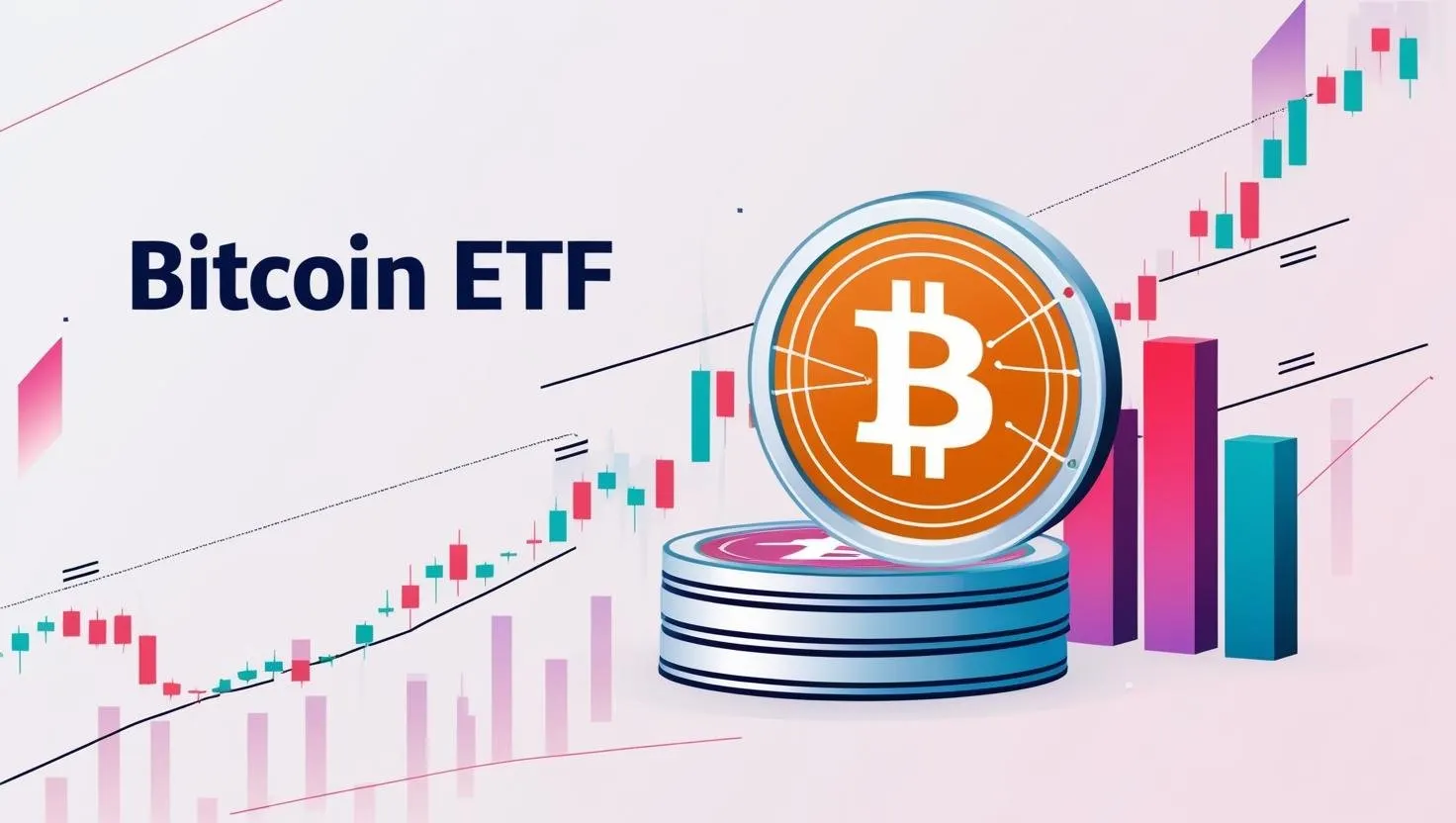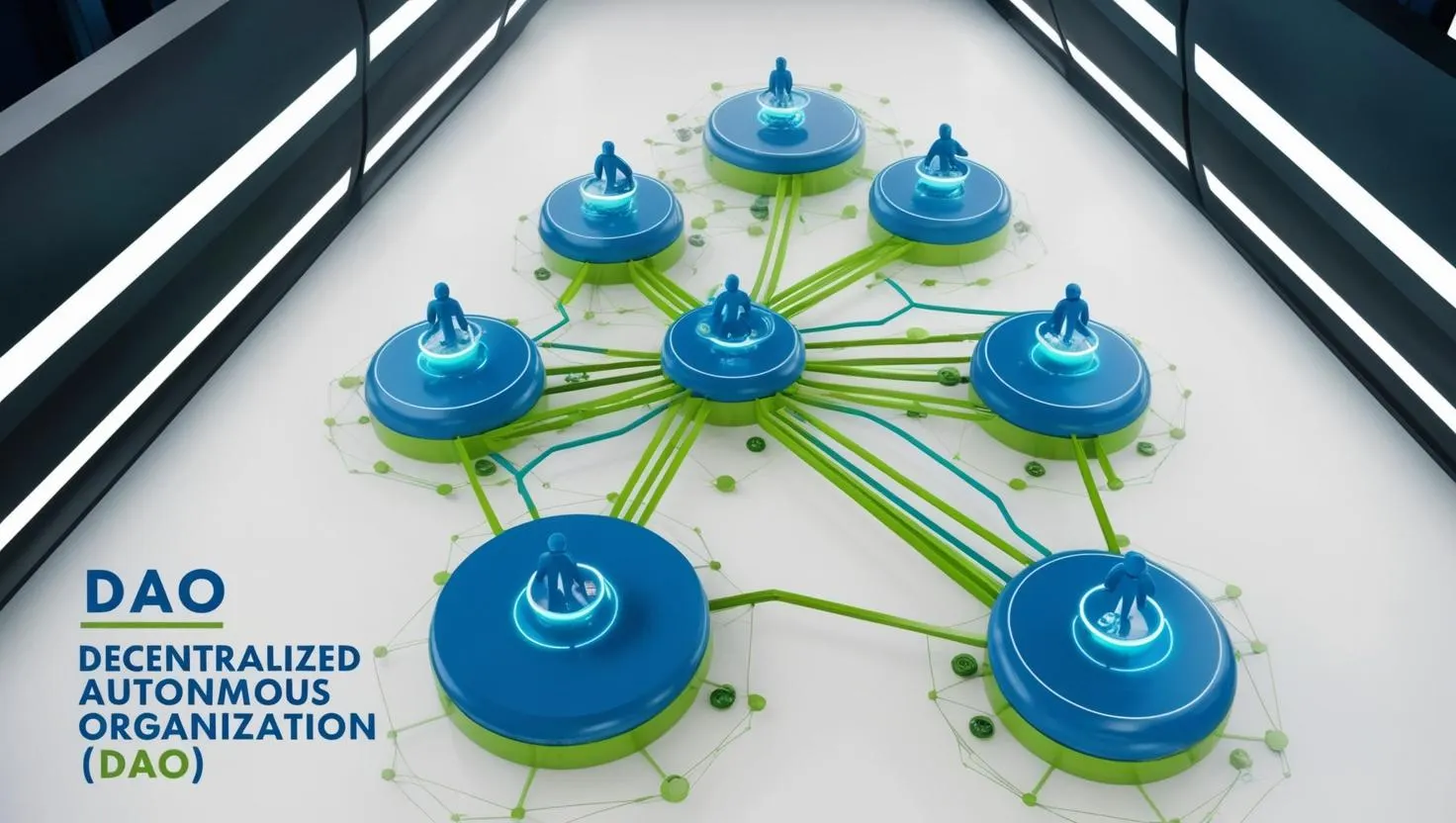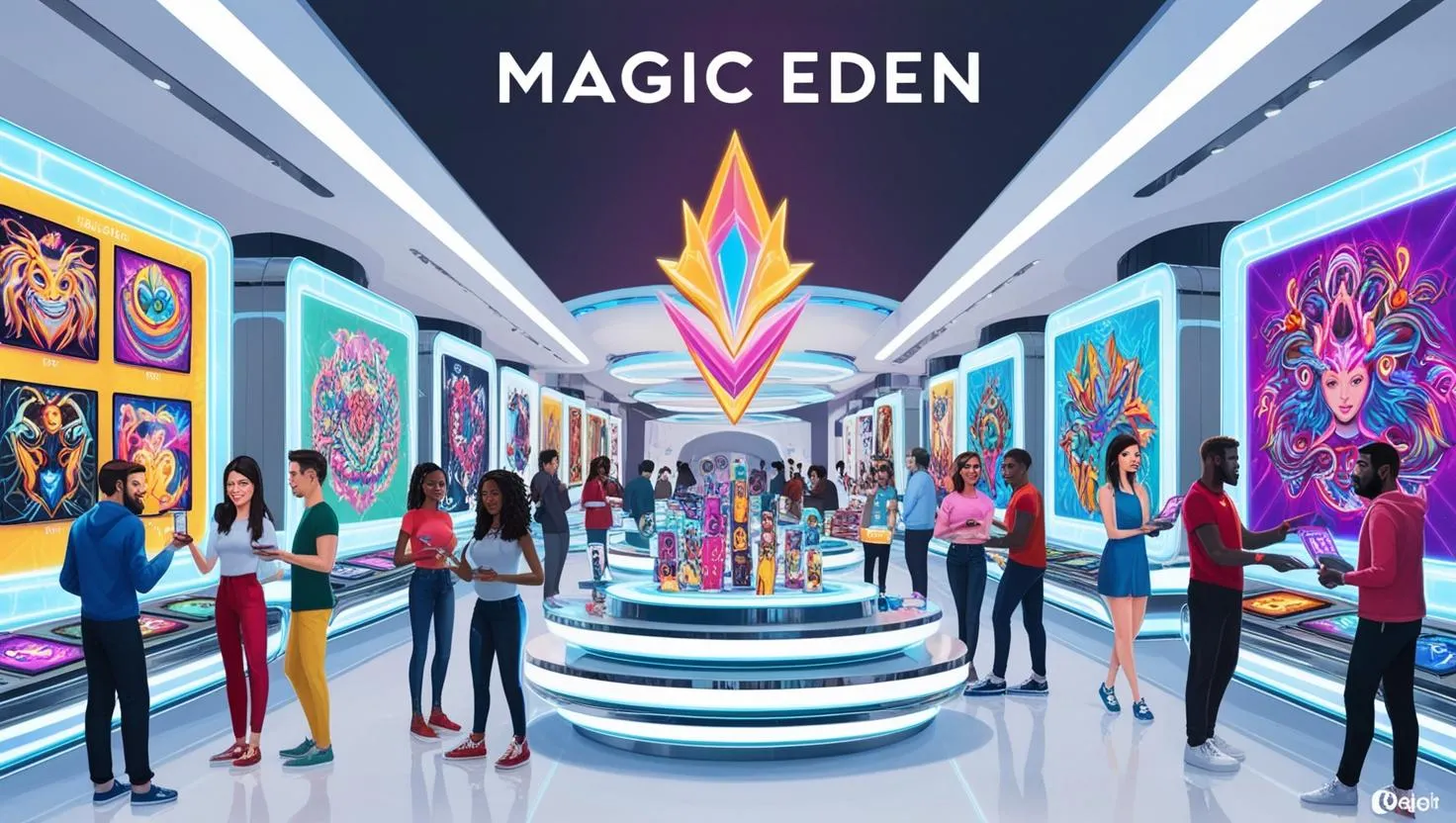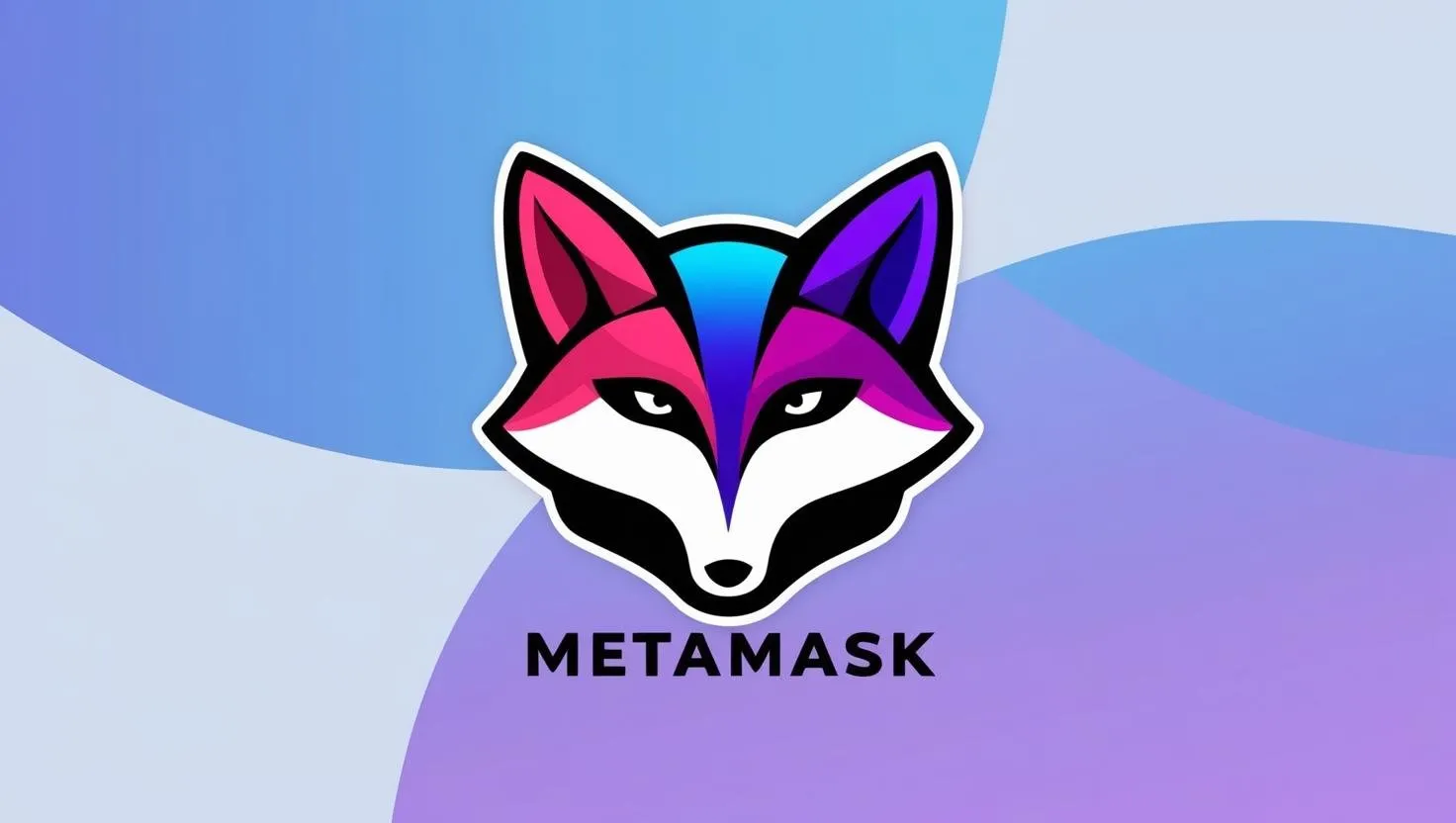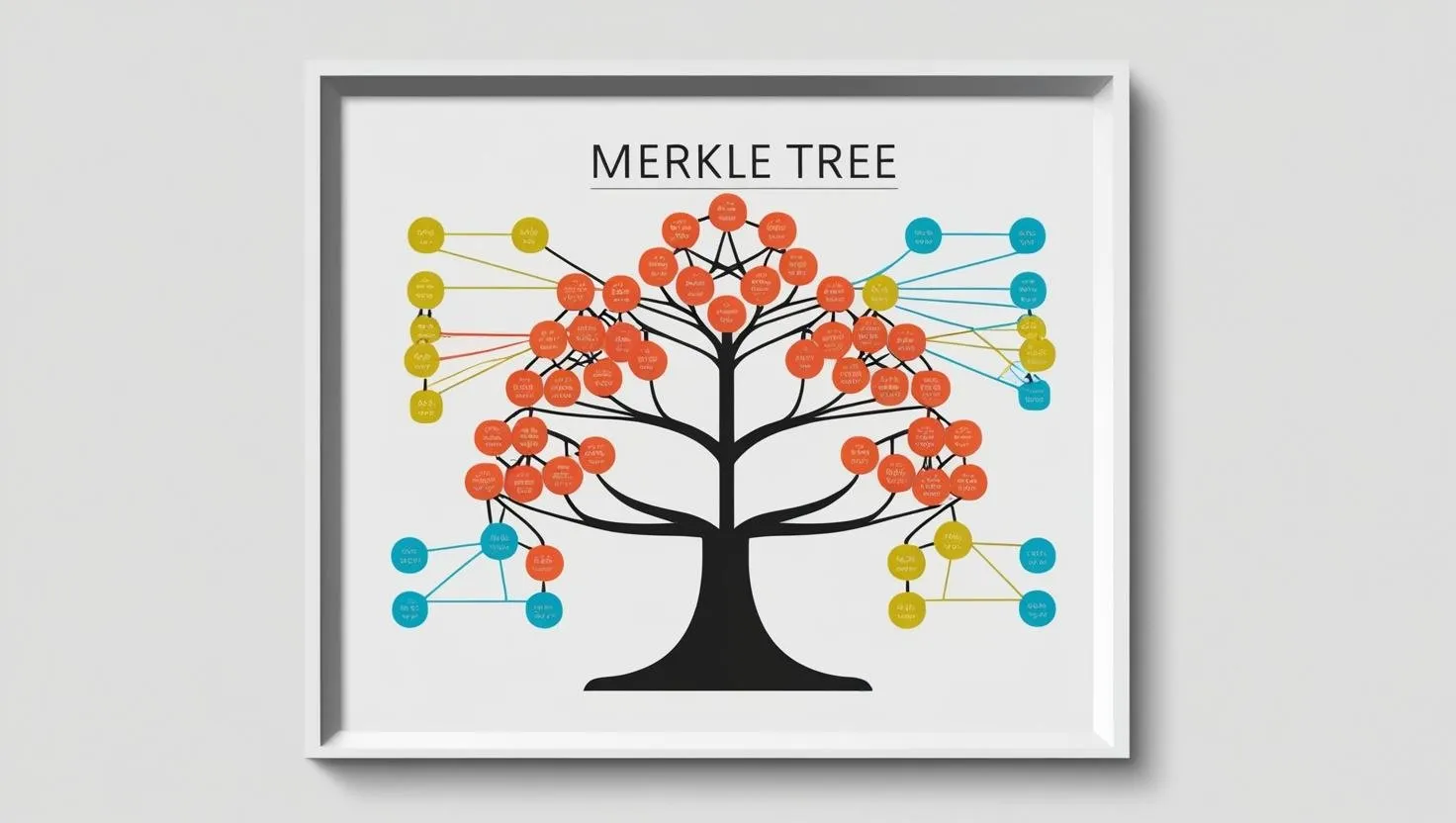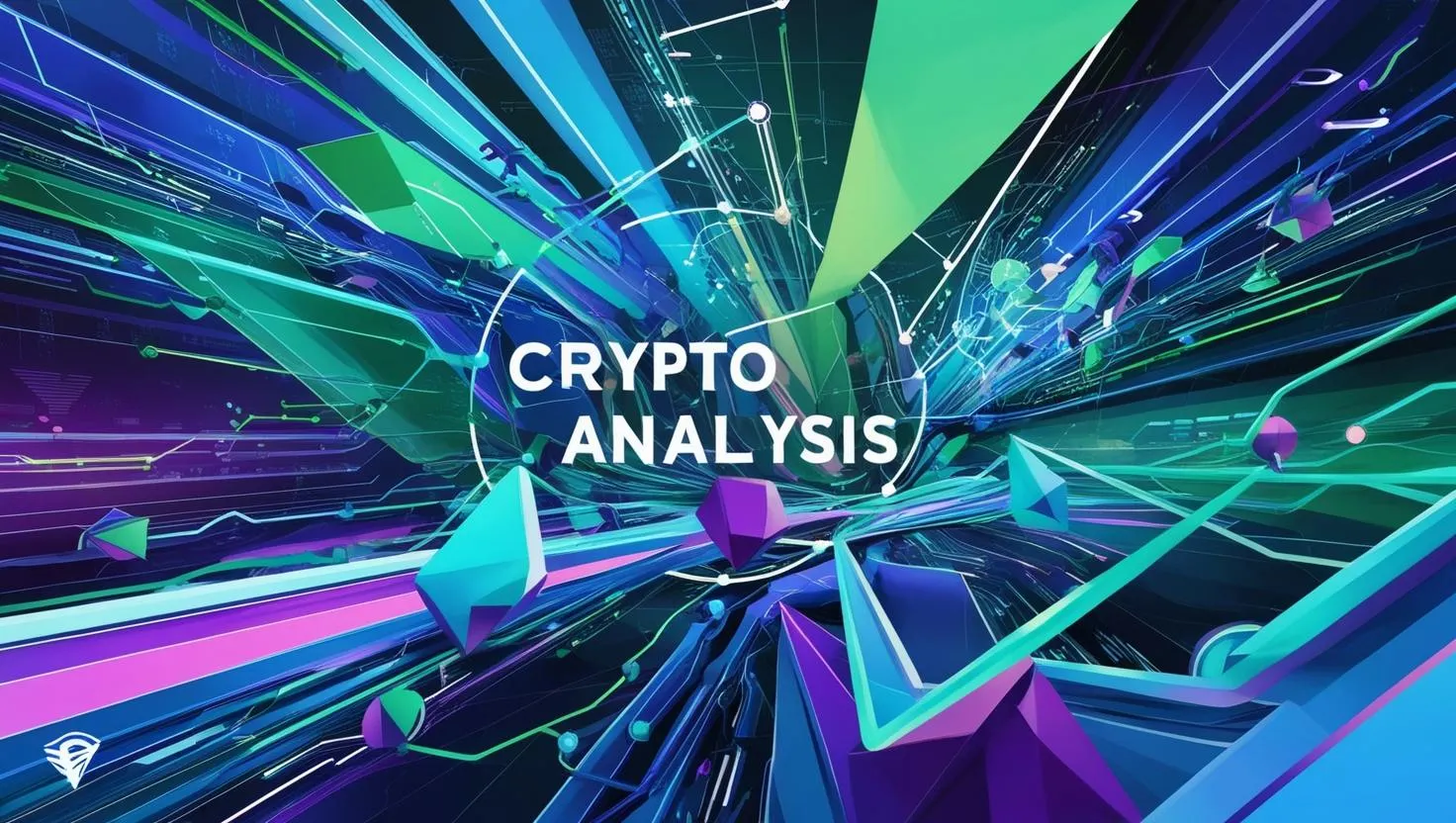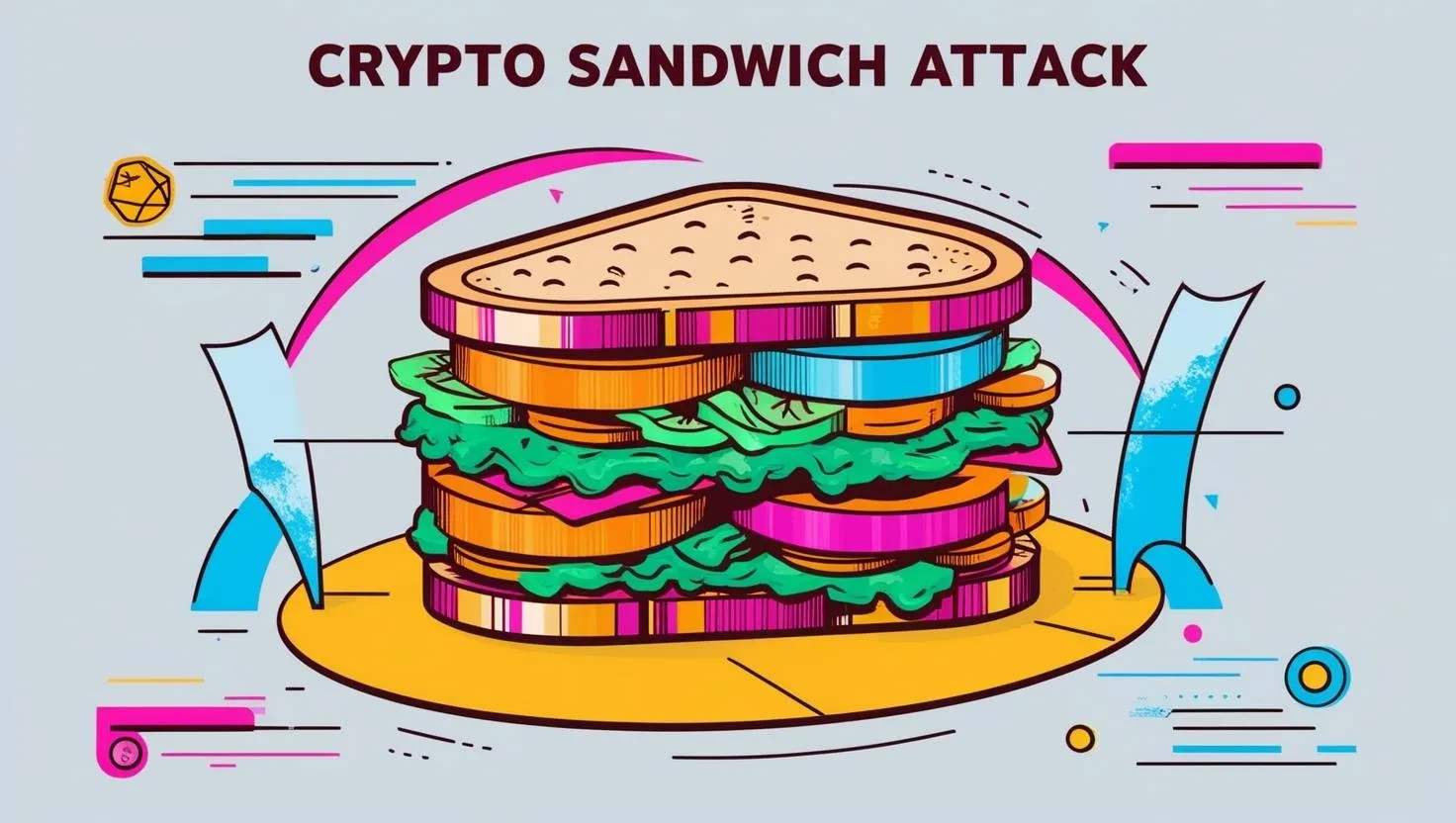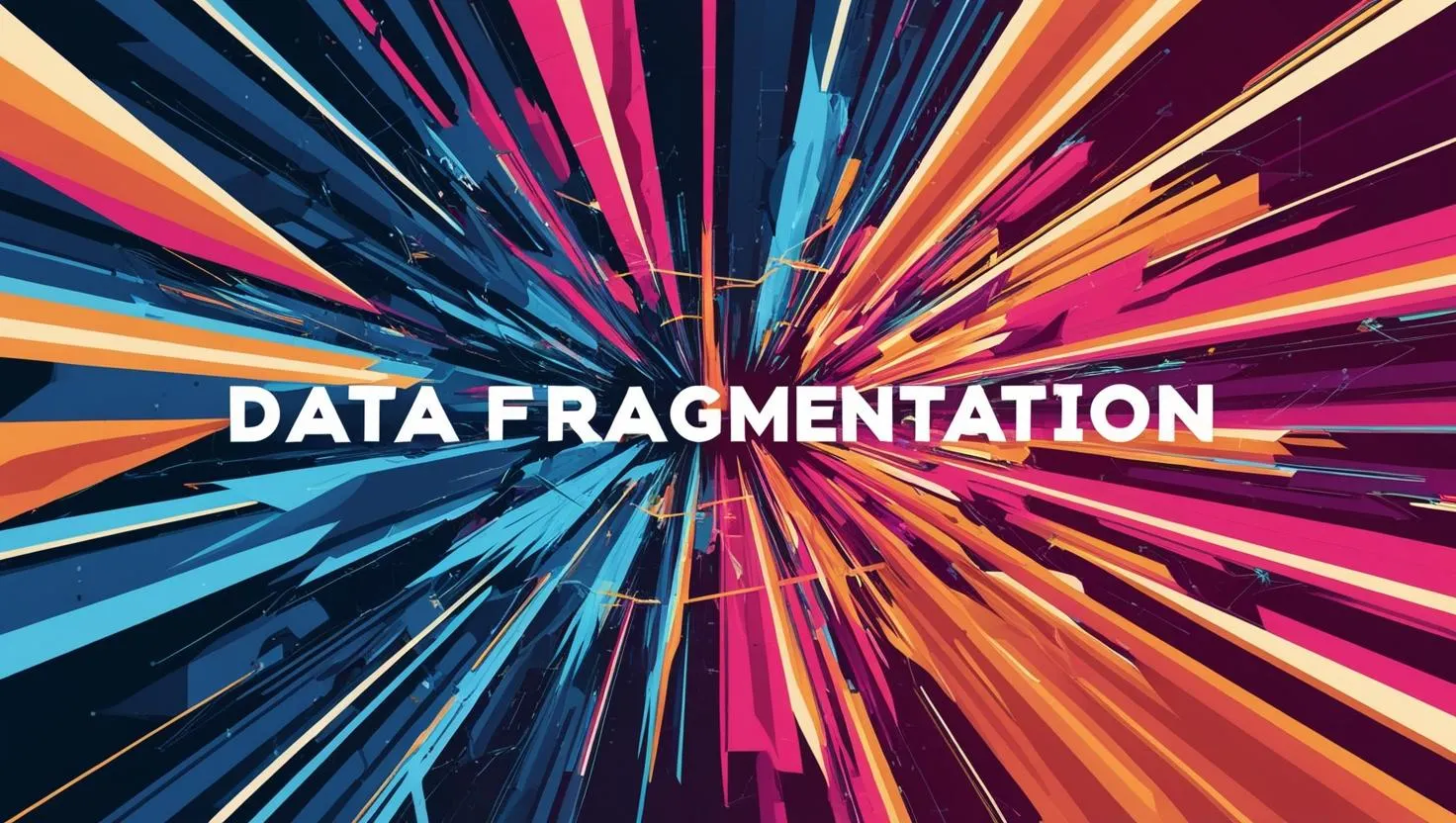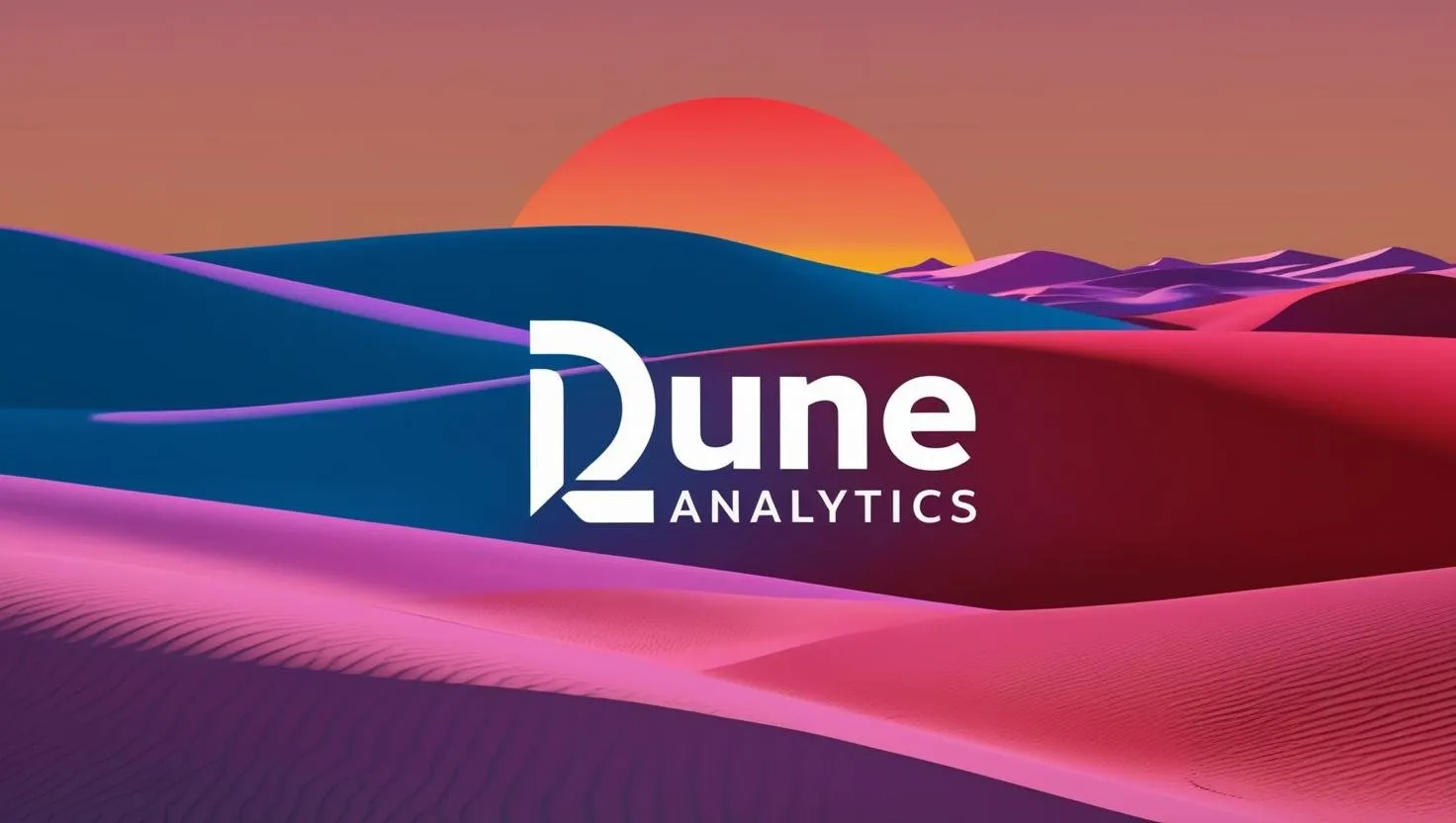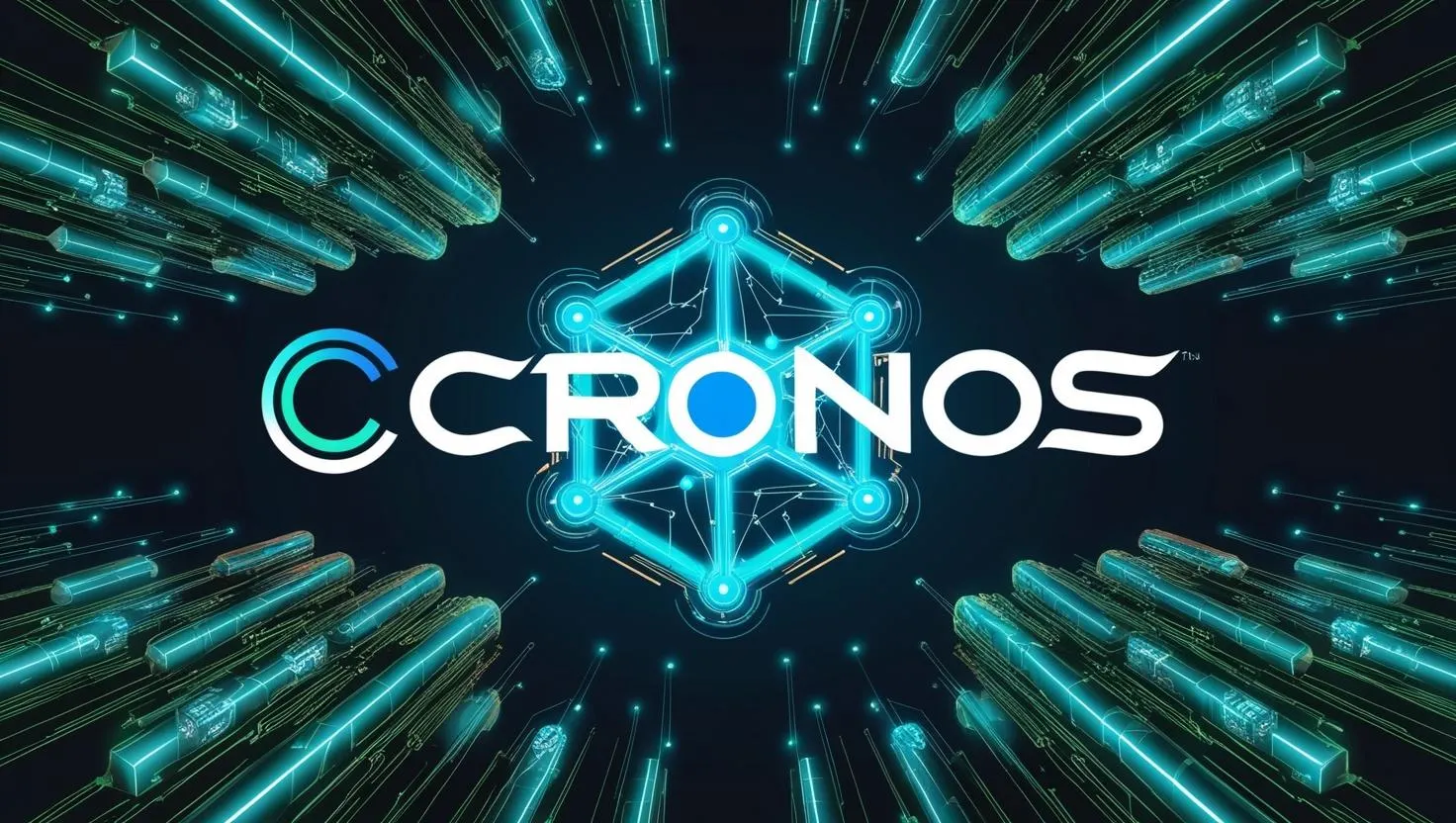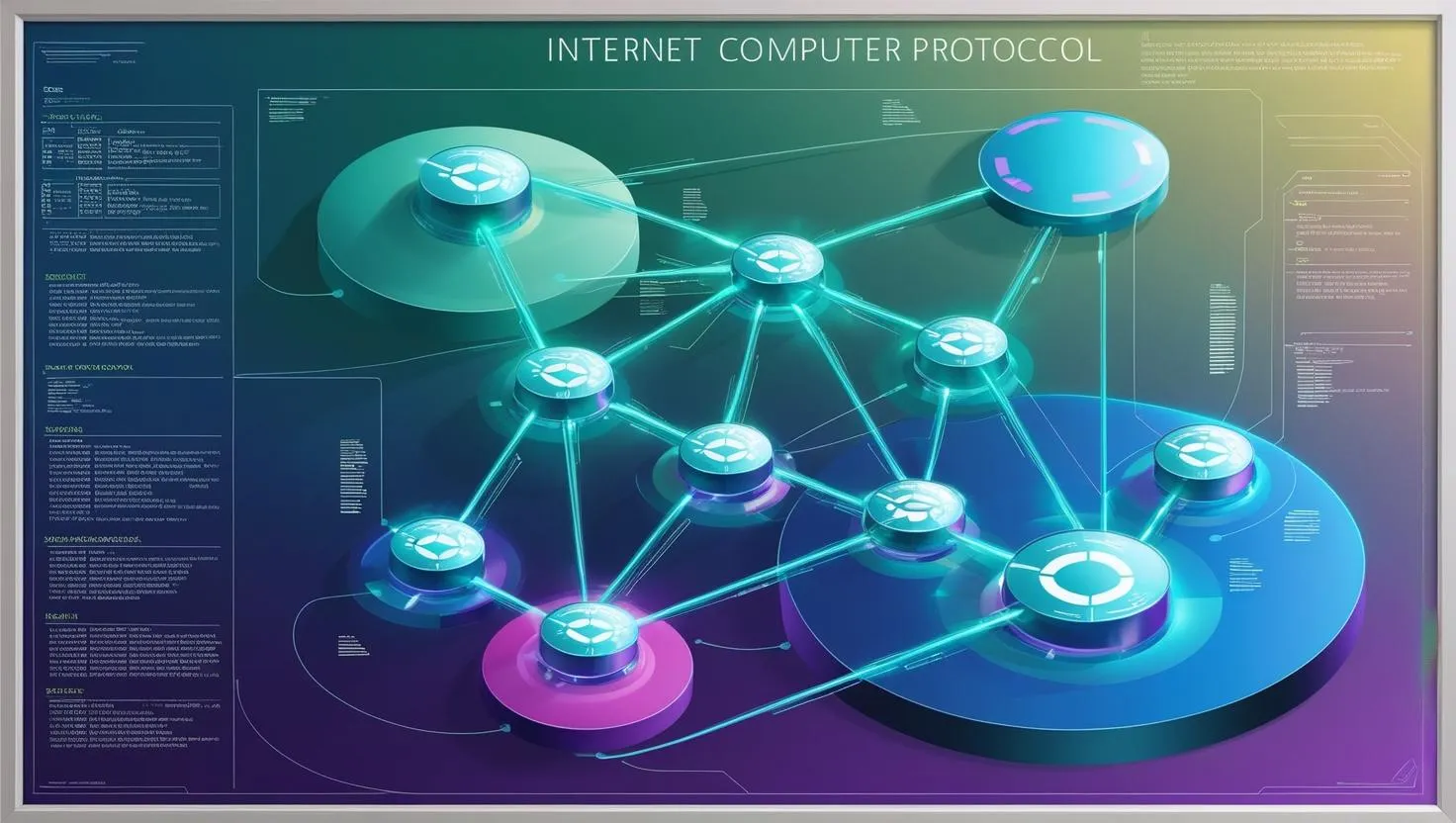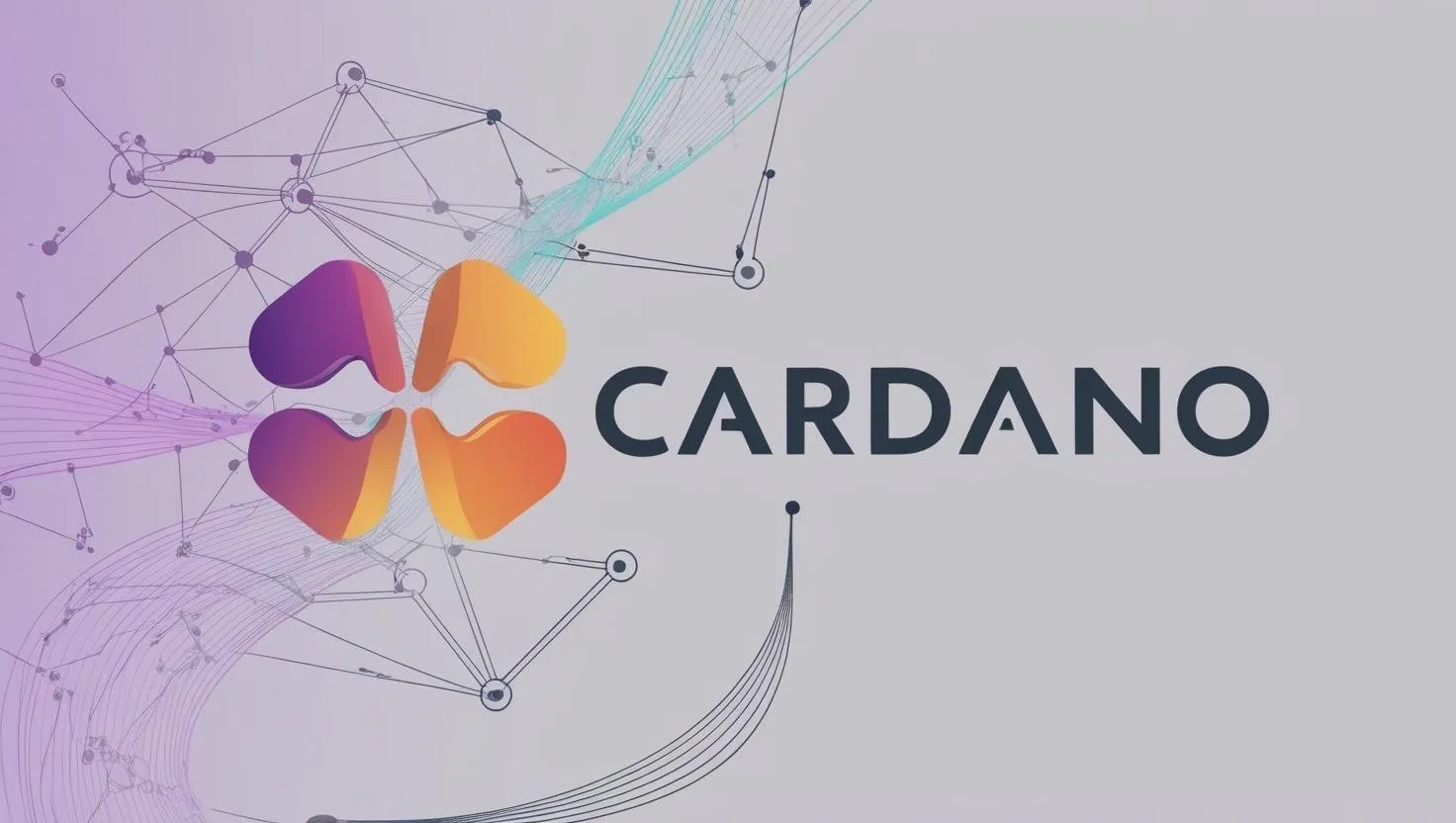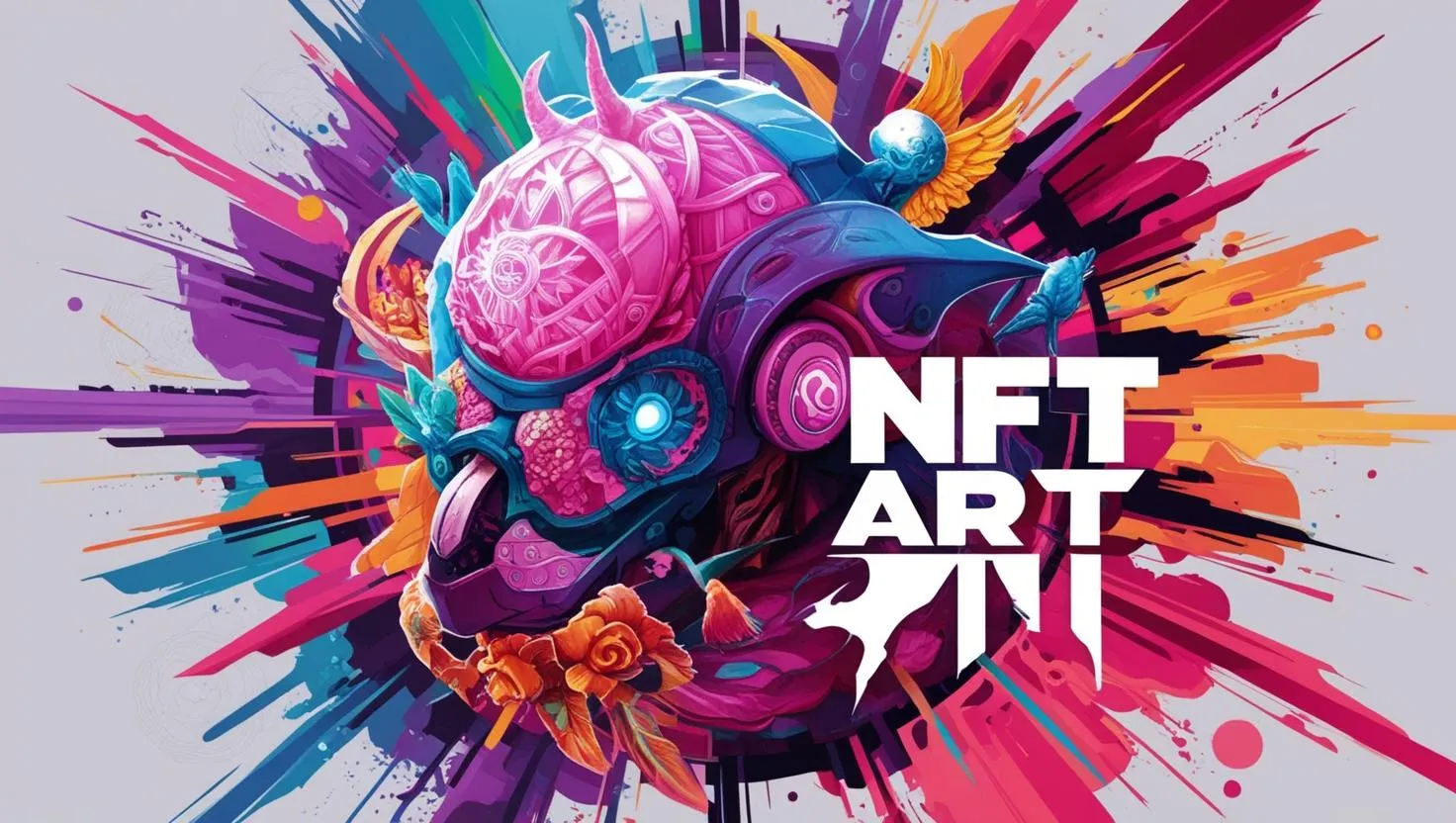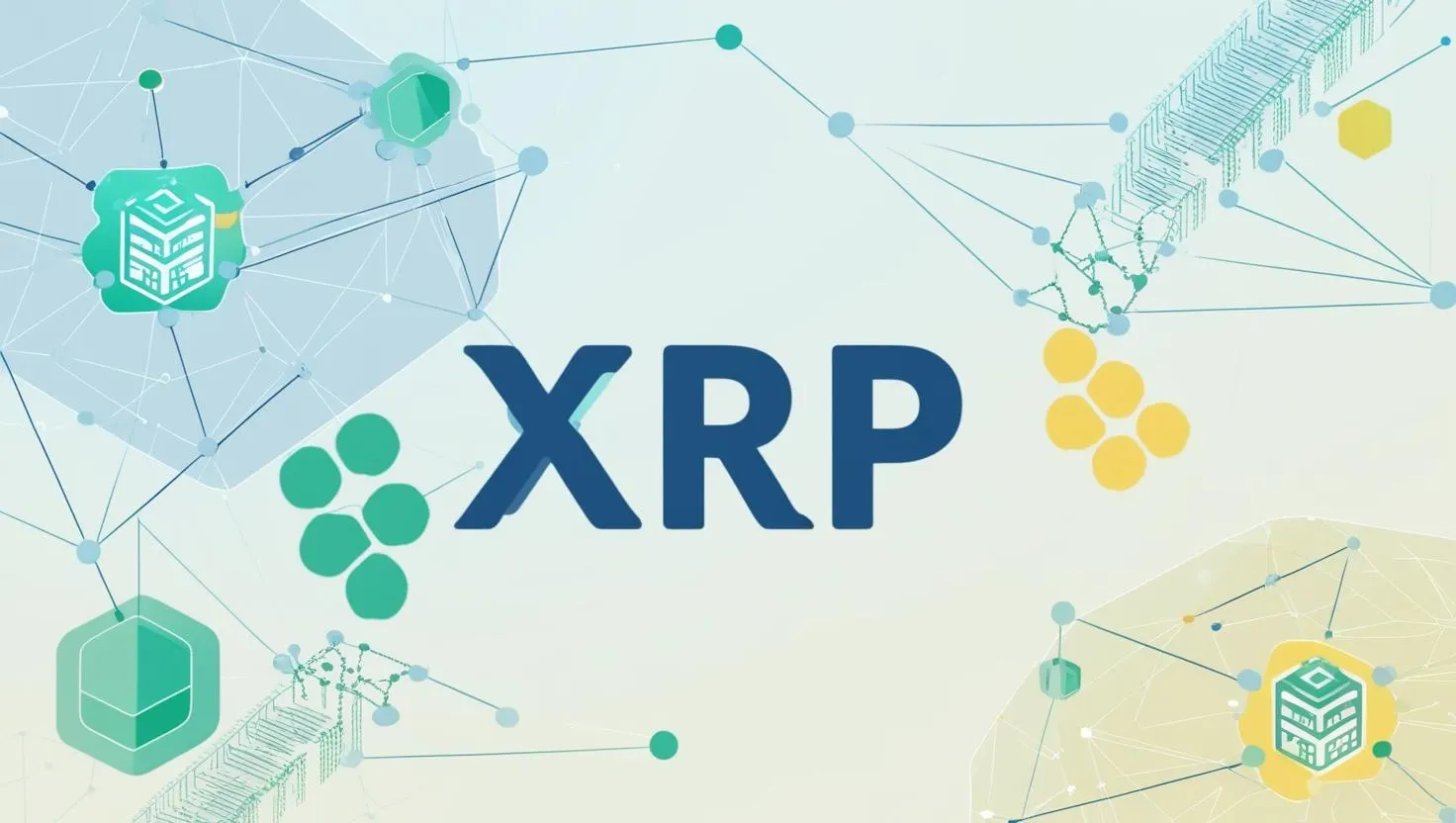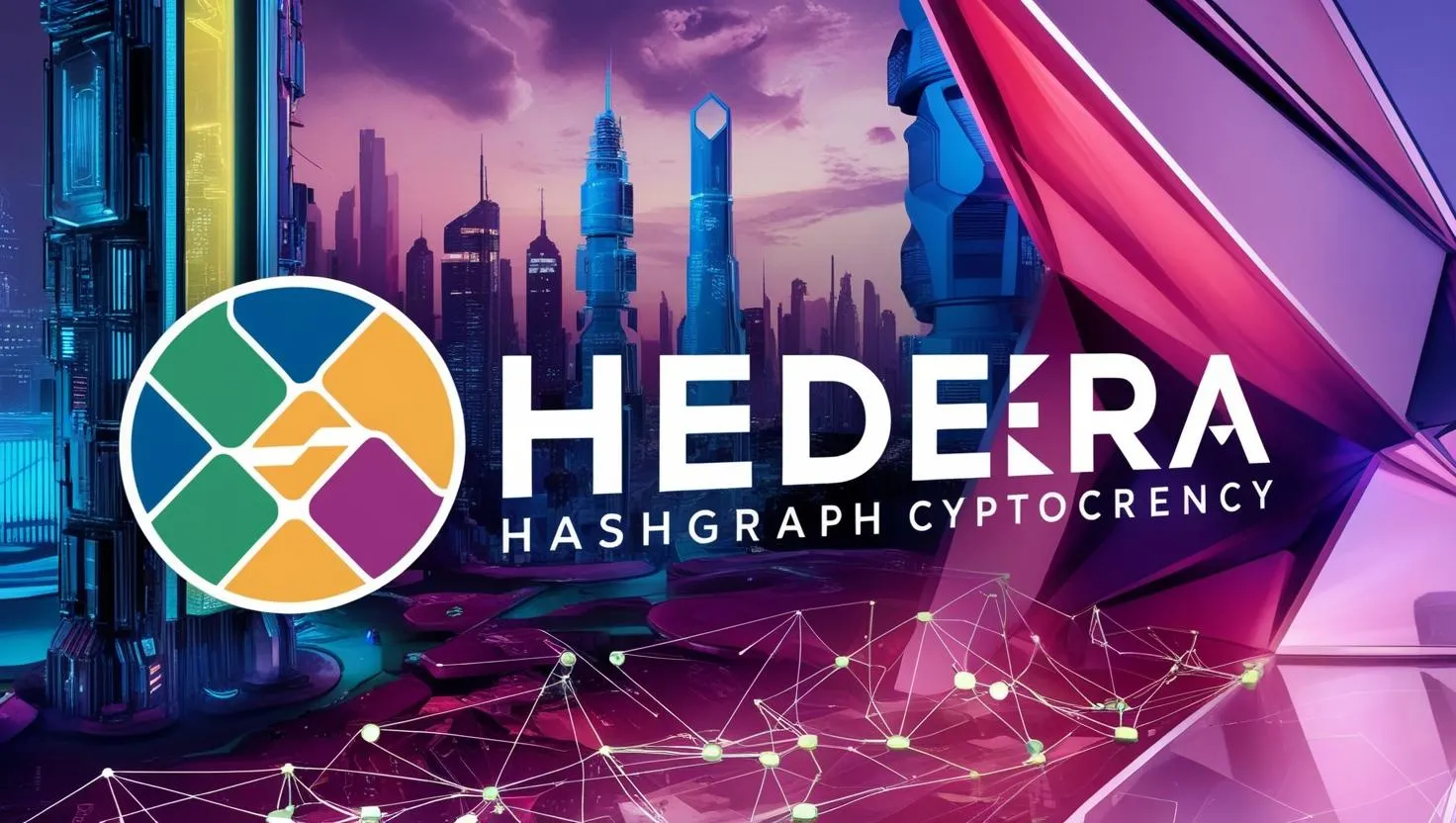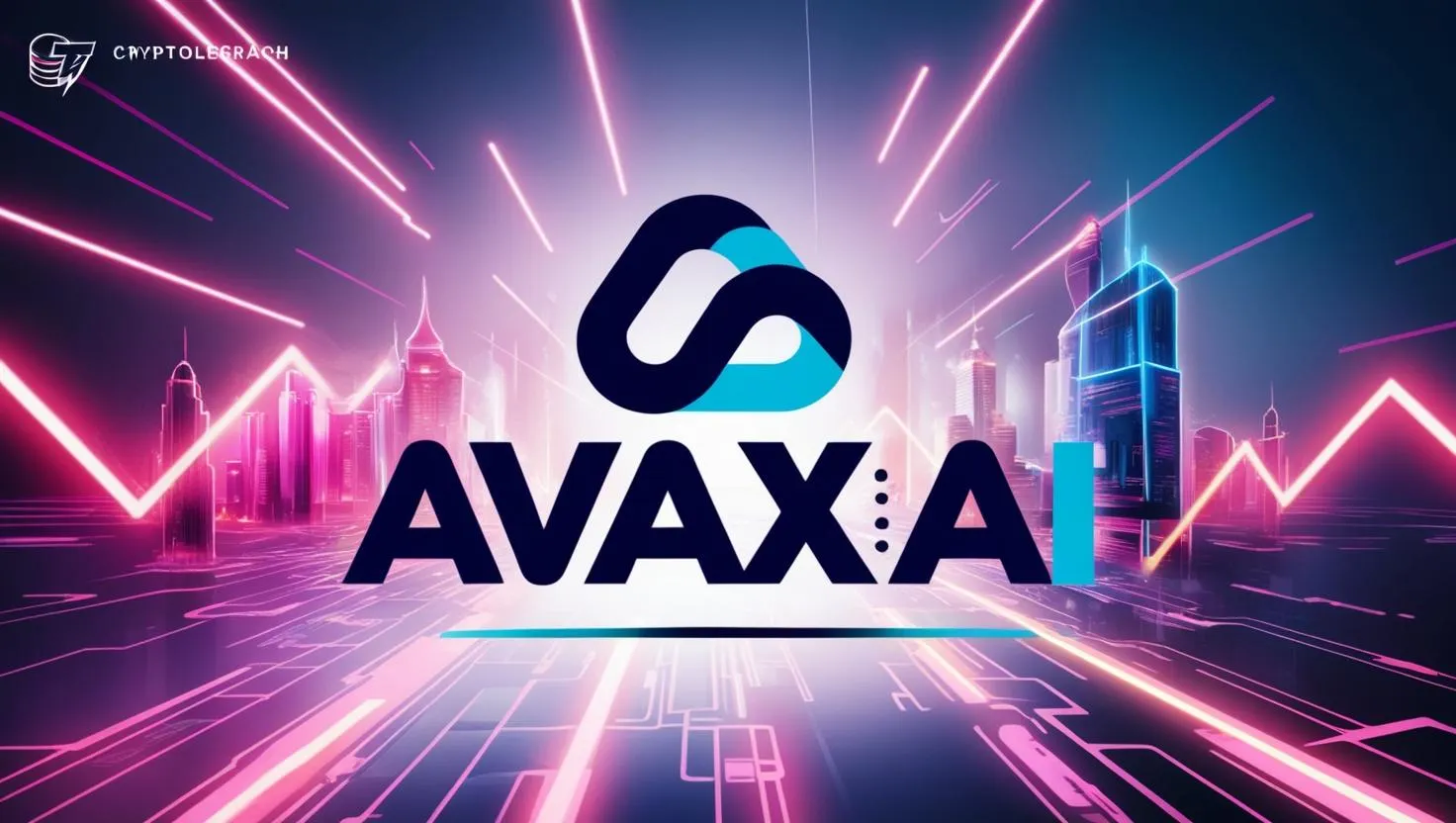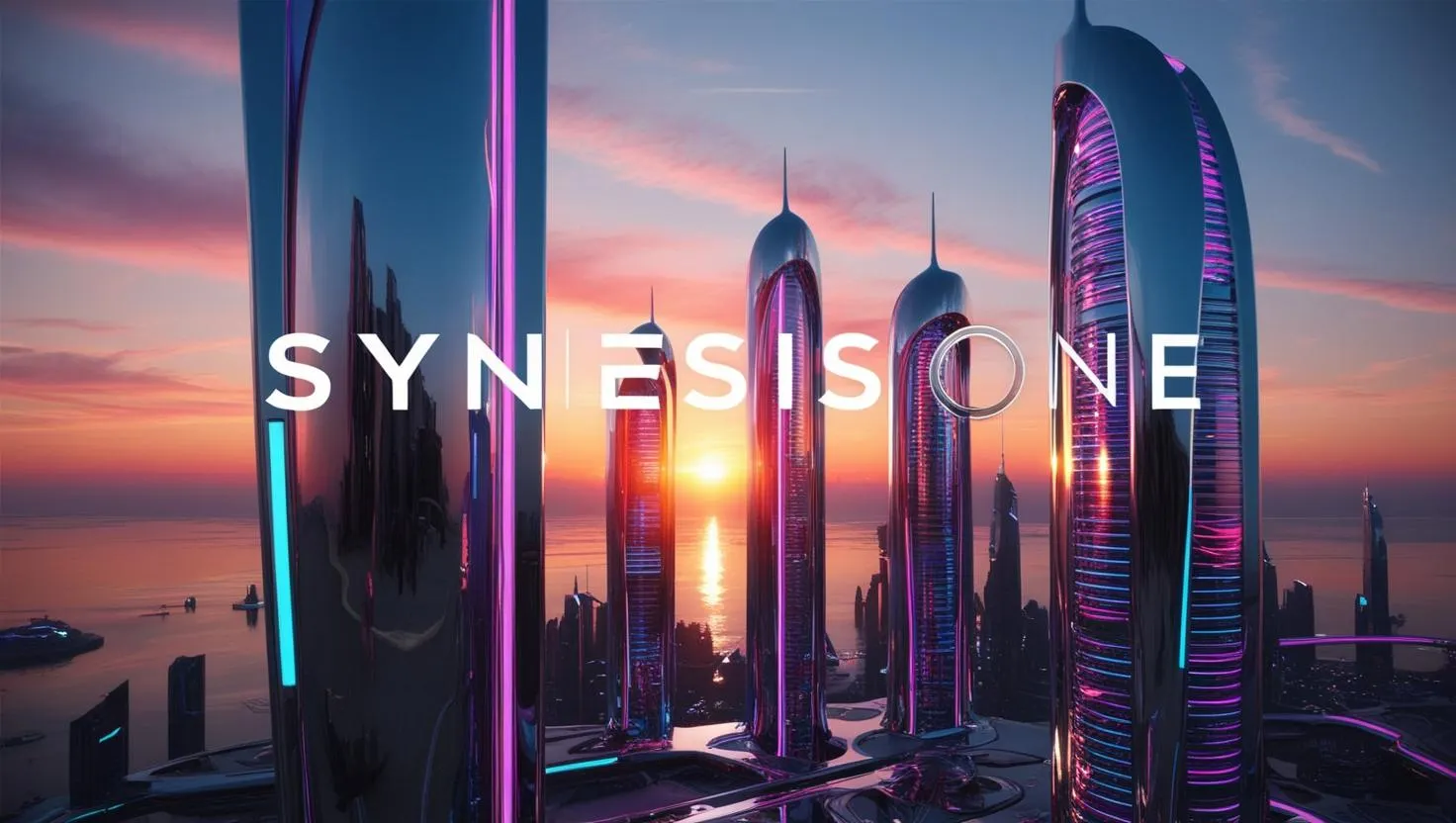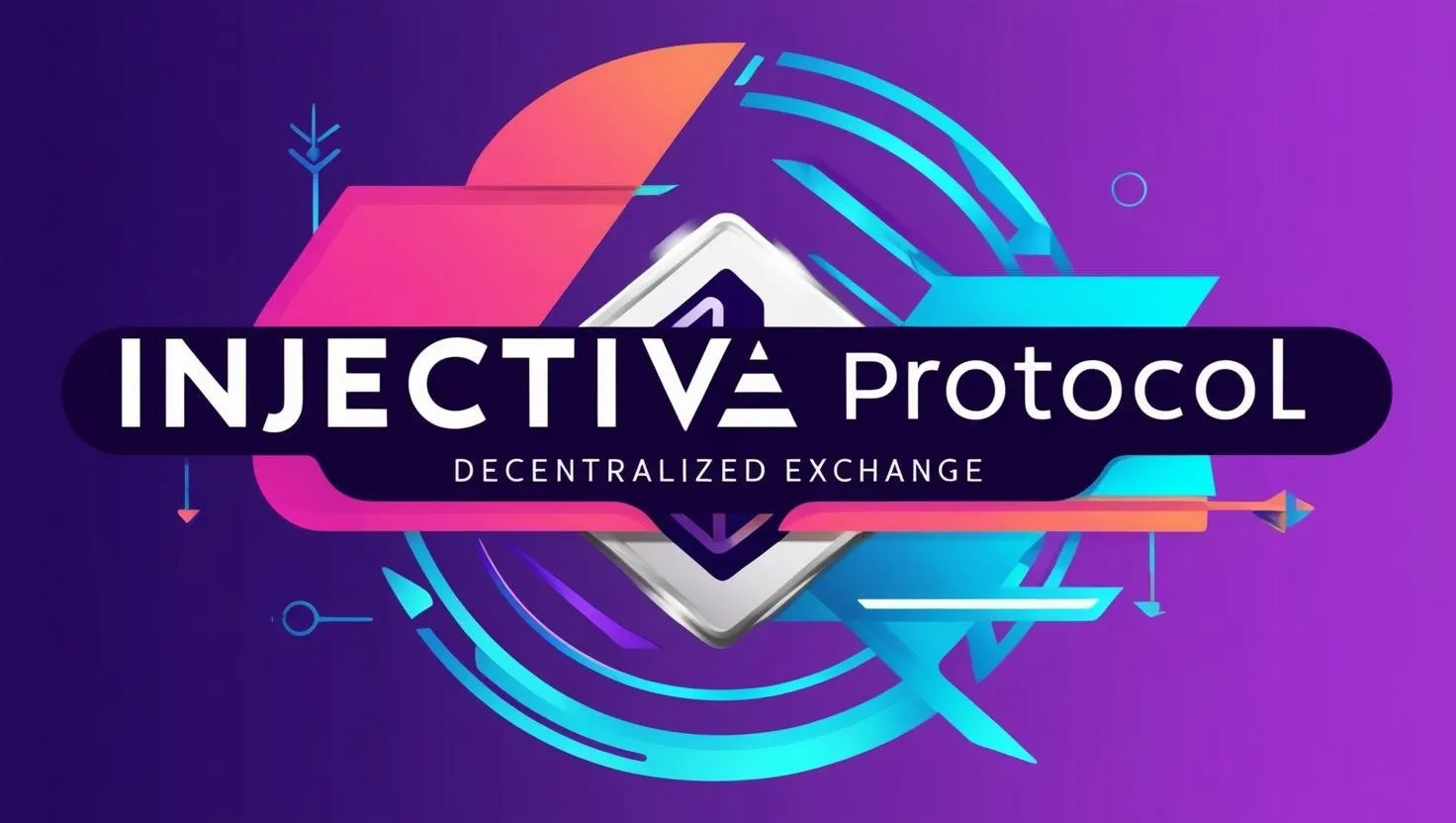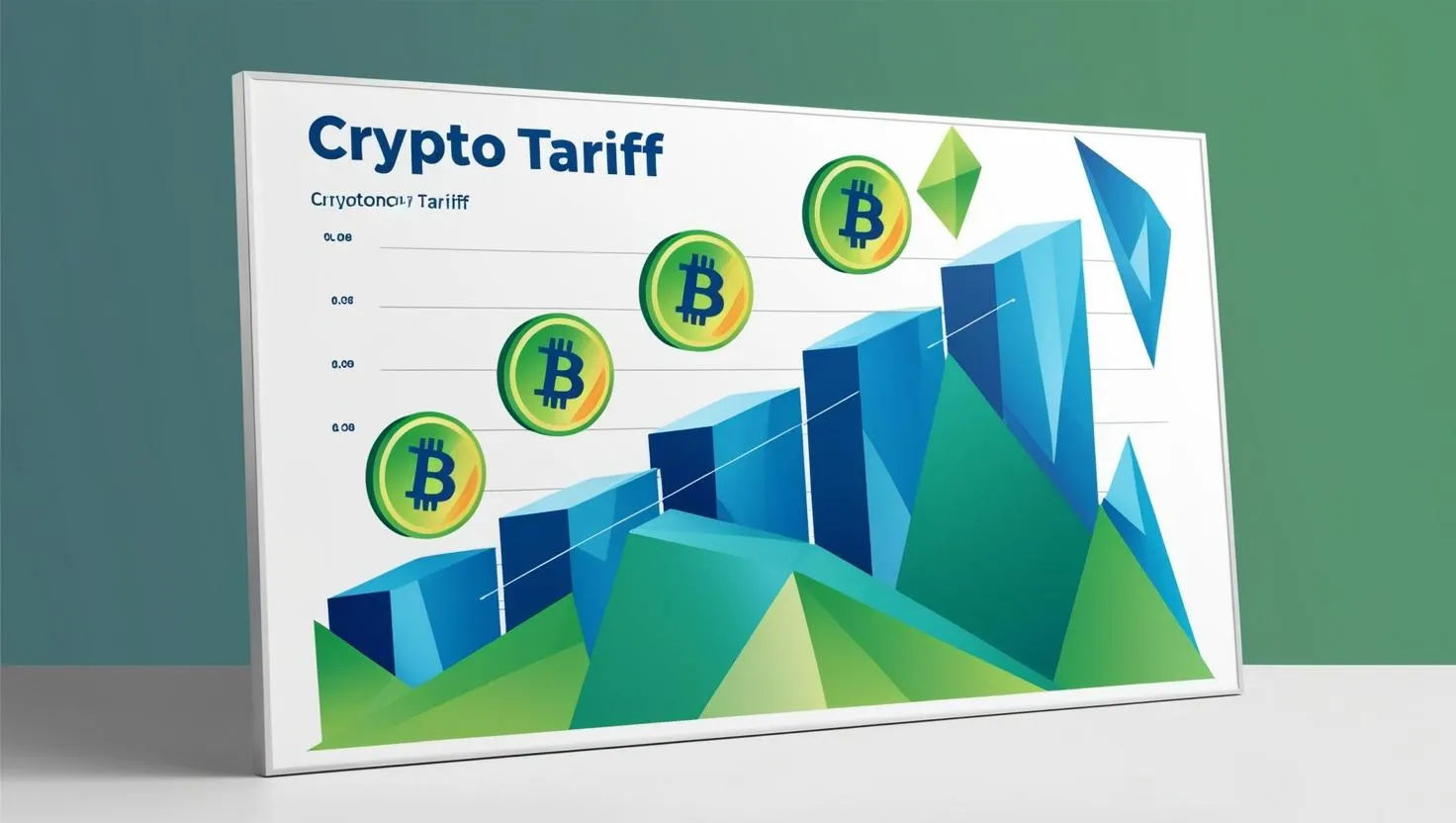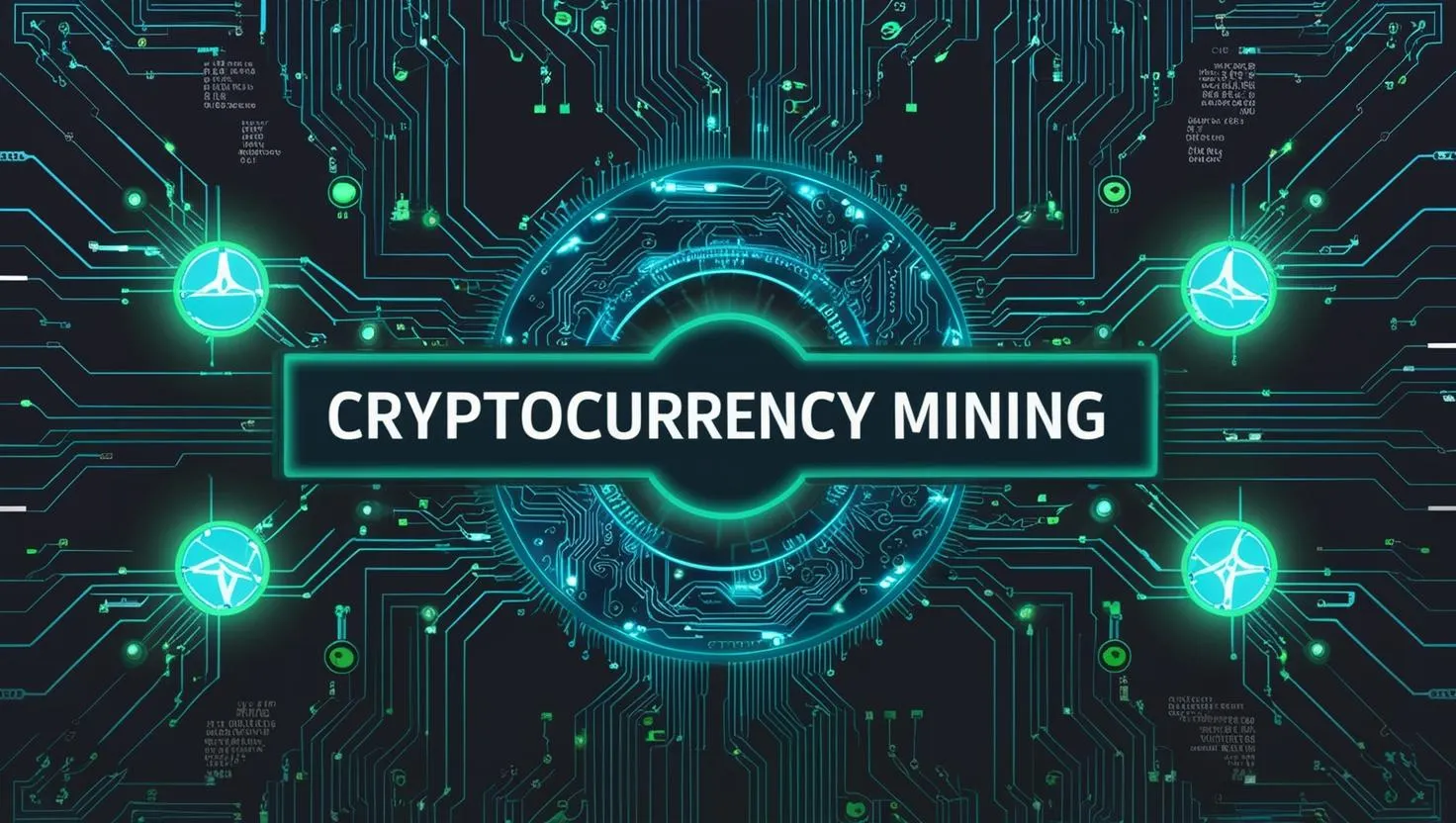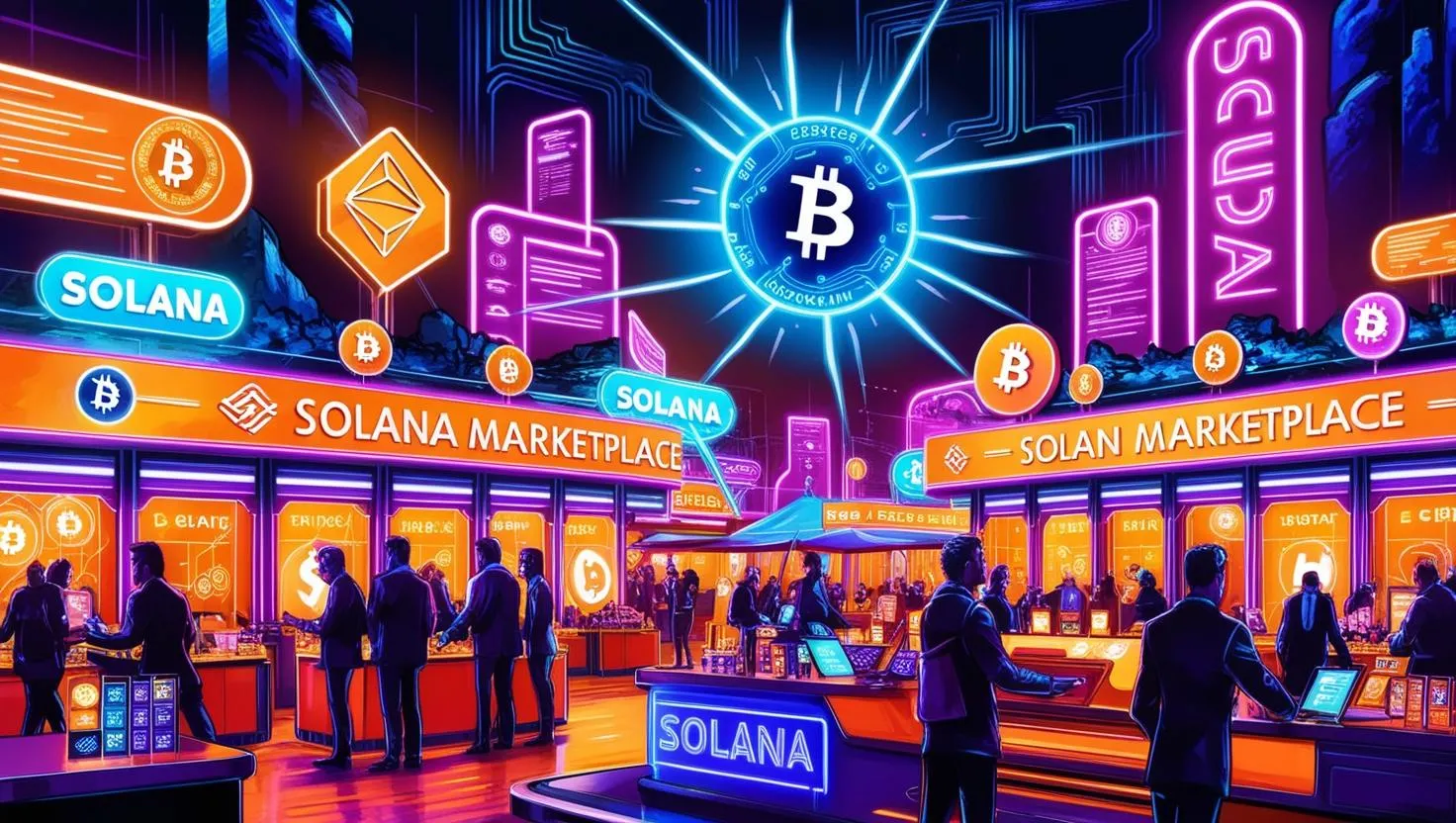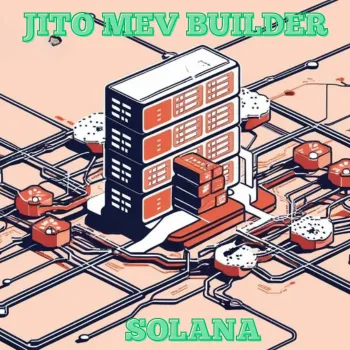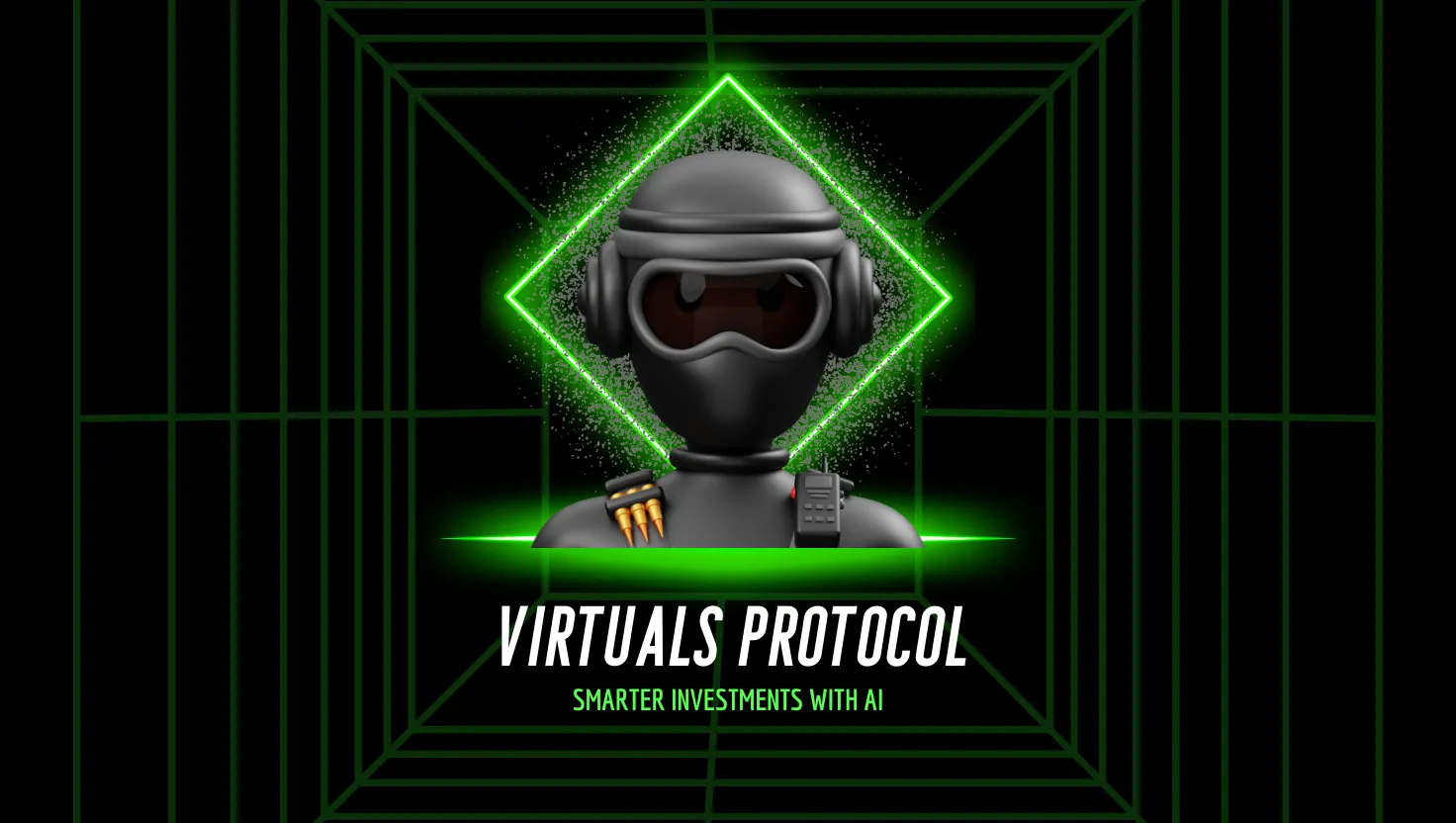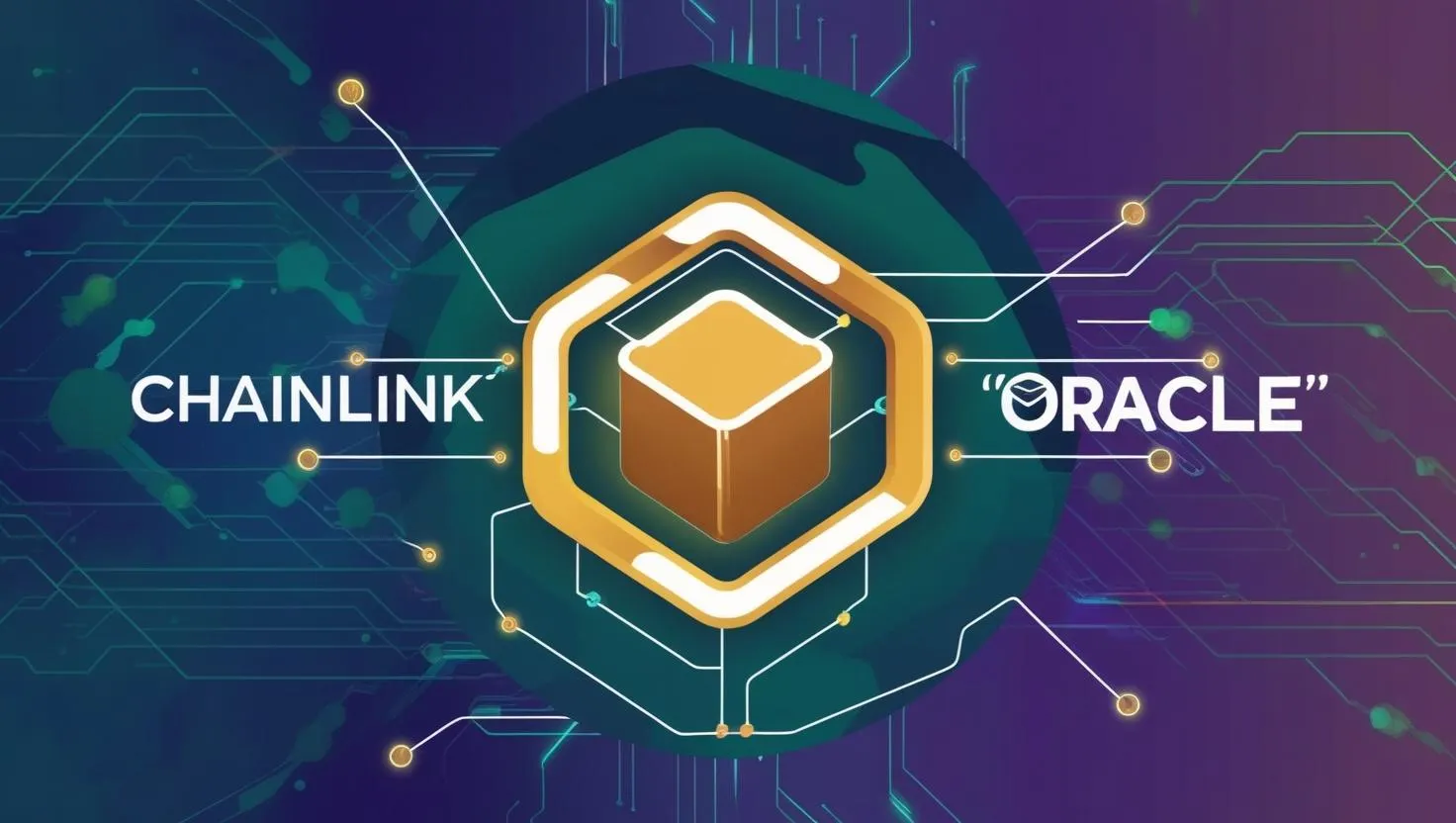Sonic Blockchain Unveiled: Speed, Scalability, and the Future of DeFi
Sonic Blockchain is a high-performance, Ethereum Virtual Machine (EVM)-compatible Layer 1 blockchain designed to address some of the key challenges in the blockchain space, such as scalability, speed, and developer incentives. Developed by Sonic Labs, it builds on the legacy of the Fantom Opera network while introducing significant upgrades to enhance user experience, interoperability, and ecosystem growth. Below is a detailed explanation of Sonic Blockchain, its features, technical architecture, and its role in the broader blockchain landscape as of March 26, 2025.
Overview of Sonic Blockchain
Sonic is a Layer 1 blockchain, meaning it operates as its own independent network with its own consensus mechanism and infrastructure, rather than relying on another blockchain (like a Layer 2 solution would). It evolved from the Fantom ecosystem, which was known for its high-speed transactions and low costs, and rebranded to Sonic in 2024 to reflect a new focus on performance and developer-friendly features. The mainnet launched in December 2024, positioning Sonic as a competitor to networks like Ethereum, Solana, and other EVM-compatible chains.
Sonic aims to provide a fast, scalable, and cost-efficient platform for decentralized applications (DApps), particularly in areas like decentralized finance (DeFi), non-fungible tokens (NFTs), and gaming (GameFi). Its native token, S, powers the ecosystem and is used for transaction fees, staking, governance, and incentivizing developers.
Key Features of Sonic Blockchain
- High Transaction Speed and Scalability
- Sonic can process up to 10,000 transactions per second (TPS), with some claims suggesting potential peaks of over 400,000 TPS under optimal conditions. This is a significant leap over Ethereum’s ~20 TPS and even Fantom Opera’s ~200 TPS.
- It achieves sub-second transaction finality, often cited as low as 720 milliseconds on testnets, meaning transactions are confirmed and irreversible almost instantly. This makes Sonic ideal for real-time applications like payments and gaming.
- EVM Compatibility
- Sonic is fully compatible with the Ethereum Virtual Machine, allowing developers to use familiar tools like Solidity and Vyper to write smart contracts. This compatibility enables easy migration of Ethereum-based DApps to Sonic, tapping into Ethereum’s vast developer community while offering better performance.
- Fee Monetization (FeeM) Program
- A standout feature is Sonic’s fee monetization model, where developers can earn up to 90% of the transaction fees generated by their DApps. This contrasts with many blockchains where fees primarily benefit validators or are burned.
- Inspired by Web2 revenue-sharing models (e.g., YouTube’s ad revenue), FeeM incentivizes developers to build on Sonic by providing a sustainable income stream, fostering innovation and long-term commitment.
- Sonic Gateway: Cross-Chain Interoperability
- Sonic includes a native, decentralized bridge called the Sonic Gateway, which connects it to Ethereum and potentially other blockchains in the future.
- The Gateway allows secure and fast asset transfers (e.g., ERC-20 tokens like USDC) between Sonic and Ethereum. Transfers from Ethereum to Sonic take about 10 minutes, while the reverse takes around an hour, with a “Fast Lane” option for instant bridging at a small fee.
- Security is enhanced by a decentralized network of validators running both Sonic and Ethereum Light Clients, plus a fail-safe mechanism that lets users recover assets on Ethereum if the bridge is down for 14 days.
- Proof-of-Stake (PoS) Consensus with Asynchronous Byzantine Fault
Tolerance (ABFT)
- Sonic uses a proof-of-stake consensus mechanism combined with a directed acyclic graph (DAG)-based ABFT system.
- In this setup, validators batch transactions into “event blocks” asynchronously, meaning they don’t need to wait for sequential confirmation from other nodes. Once a majority of validators agree on an event block, it becomes a “root event block” and is added to the main blockchain, ensuring both speed and security.
- This approach avoids the bottlenecks of traditional Practical Byzantine Fault Tolerance (PBFT) systems, enabling higher throughput and lower latency.
Native Token: S
- The S token is central to Sonic’s ecosystem:
- Transaction Fees: Users pay fees in S for network operations.
- Staking: Validators and delegators stake S to secure the network, with a minimum of 1 S for staking and 50,000 S to run a validator. Stakers earn rewards, targeting a 3.5% APR when 50% of the network is staked.
- Governance: S holders can vote on ecosystem proposals.
- Ecosystem Integration: S is used in DApps and for developer incentives.
- Total supply at launch was 3.175 billion S, with an additional 6% (~190.5 million S) minted six months post-launch for an airdrop program, alongside mechanisms to burn unused tokens to control inflation.
- Developer and User Incentives
- Sonic Labs supports developers with the Innovator Fund, allocating up to 200 million S tokens to encourage DApp creation and ecosystem growth.
- An airdrop program distributes ~190.5 million S tokens, rewarding early adopters (Sonic Points) and developers driving activity (Sonic Gems), with a burn mechanism to reduce supply based on participation.
- Energy Efficiency and Cost-Effectiveness
- By using PoS instead of Proof-of-Work (PoW), Sonic is energy-efficient compared to networks like Bitcoin.
- Transaction costs are fractions of a penny (e.g., ~$0.0000001), making it attractive for microtransactions and high-volume use cases.
Technical Architecture
Sonic’s architecture combines a DAG-based approach with a traditional blockchain for final settlement:
- DAG Layer: Validators maintain local DAGs, processing transactions into event blocks asynchronously. This parallelism boosts speed and scalability.
- Main Chain: Once consensus is reached, root event blocks are ordered into an immutable blockchain, providing a permanent transaction history.
- Validators: They stake S tokens and run both Sonic and Ethereum clients to secure the network and the Gateway, earning block rewards and fees.
Evolution from Fantom
Sonic is the successor to Fantom Opera, which had nearly 100% uptime since 2019 and peaked at over $9 billion in total value locked (TVL). The transition, approved via community governance, allowed FTM token holders to swap to S at a 1:1 ratio through an upgrade portal. This migration preserved ecosystem value while introducing Sonic’s enhanced capabilities, such as faster finality and the FeeM model.
Use Cases
- DeFi: Sonic’s speed and low costs, combined with Ethereum liquidity via the Gateway, make it ideal for trading, lending (e.g., Aave V3 integration proposals), and yield farming.
- Gaming and NFTs: Sub-second finality supports real-time interactions in blockchain games and NFT marketplaces.
- Payments: Near-instant settlements and negligible fees position Sonic as a potential crypto payment solution.
Advantages
- Speed and Scalability: Outpaces many competitors with 10,000+ TPS and sub-second finality.
- Developer Incentives: FeeM and the Innovator Fund encourage DApp development.
- Interoperability: Seamless Ethereum integration broadens its reach.
- Security: Decentralized Gateway and fail-safe mechanisms enhance trust.
Potential Challenges
- Mainnet Performance: While testnet results (e.g., 2,048 TPS at 1.1 seconds finality) are promising, real-world conditions may differ.
- Adoption: Competing with established chains like Ethereum, Solana, and Binance Smart Chain requires strong ecosystem growth.
- Bridge Risks: Despite security measures, cross-chain bridges remain a potential vulnerability in DeFi.
Current Status (March 26, 2025)
- Sonic’s mainnet has been live since December 2024, with ongoing ecosystem expansion.
- The S token is trading on major exchanges, with a market cap exceeding $1.7 billion as of late 2024 data.
- TVL ranks Sonic among the top blockchains, reflecting growing adoption.
In summary, Sonic Blockchain is a next-generation Layer 1 platform that blends speed, scalability, and developer empowerment with robust interoperability. By addressing pain points like high fees and slow transactions while incentivizing innovation through Fee Monetization, Sonic positions itself as a transformative force in the blockchain industry, particularly for DeFi and beyond.

